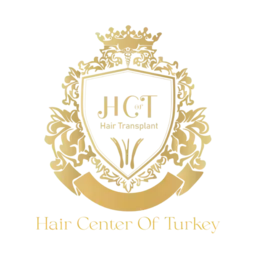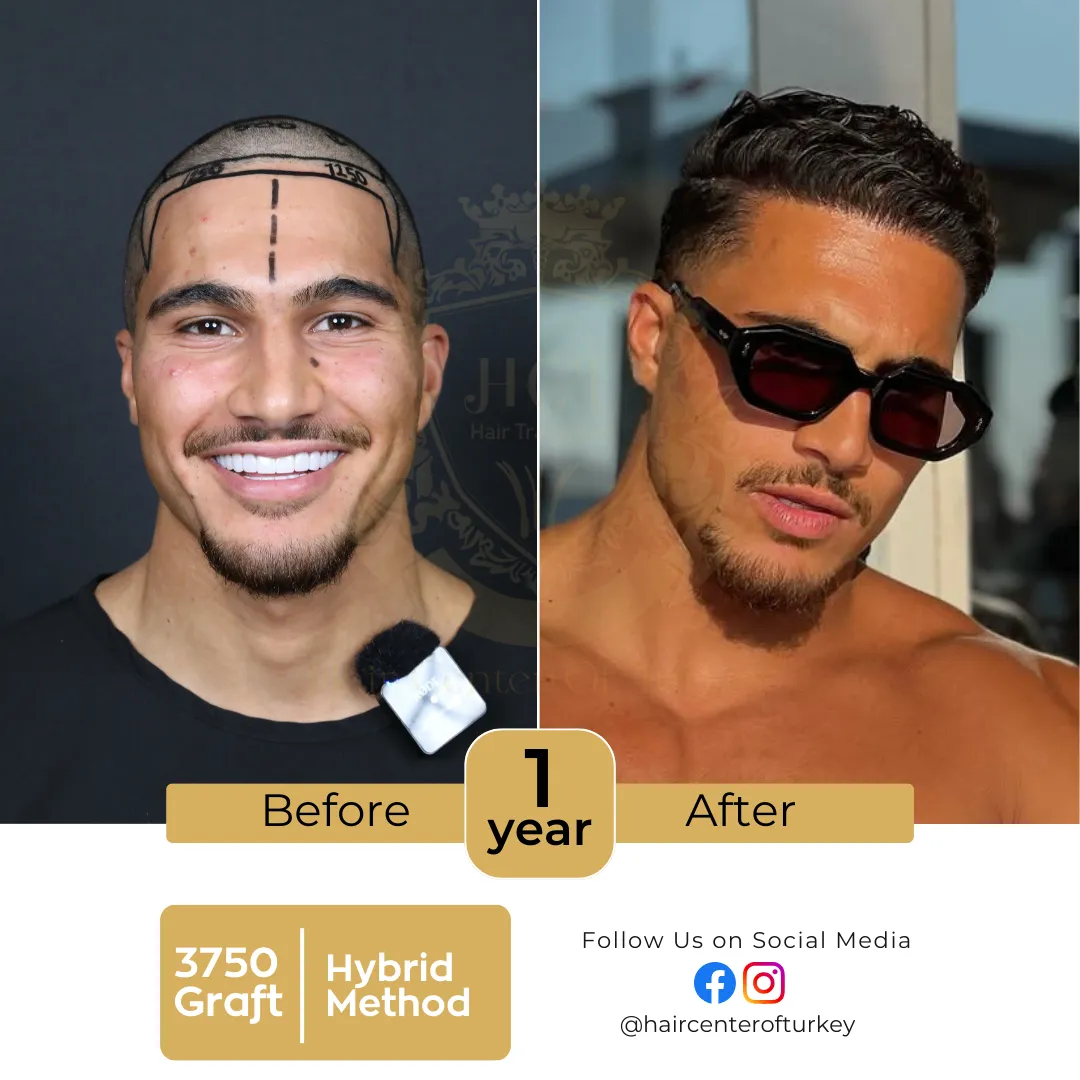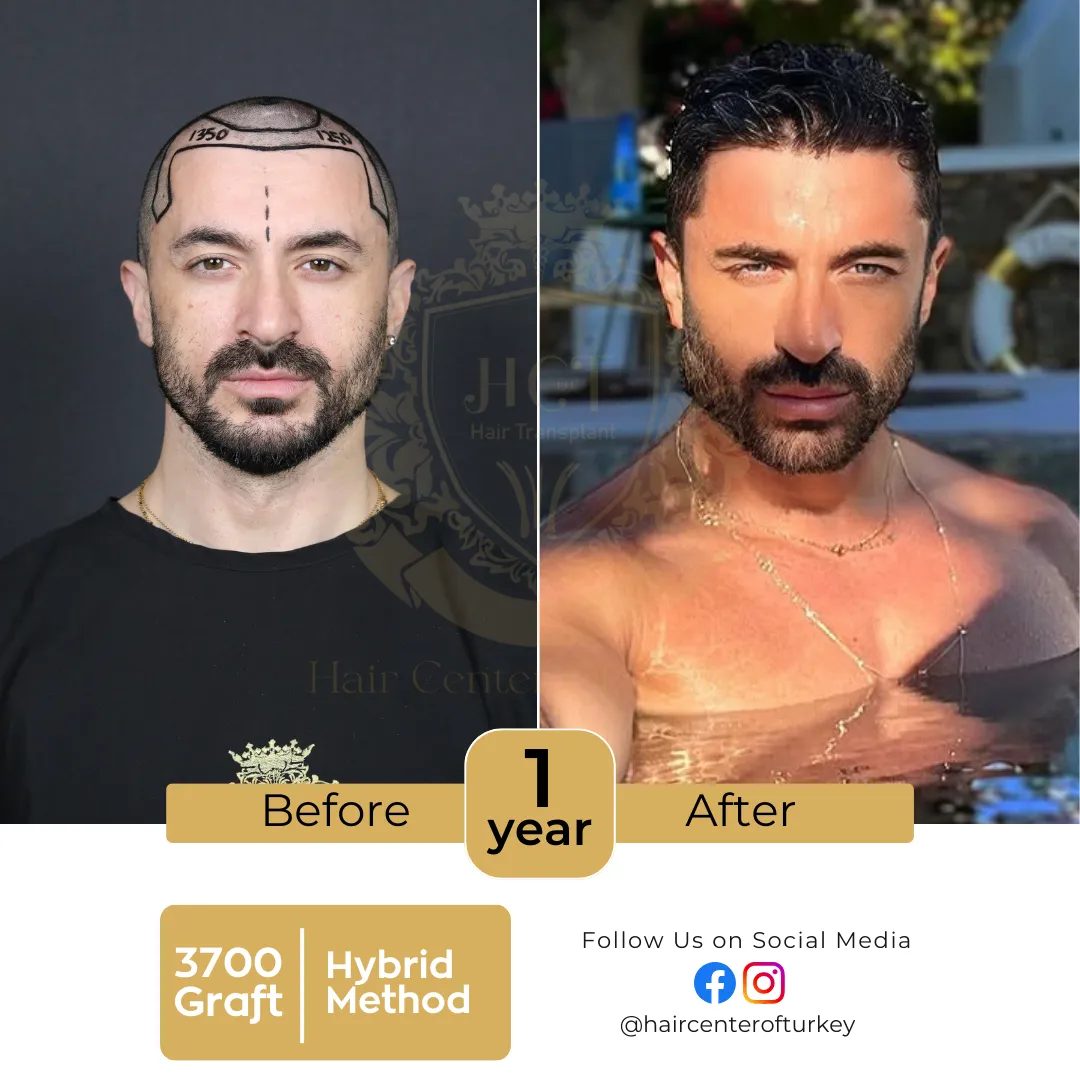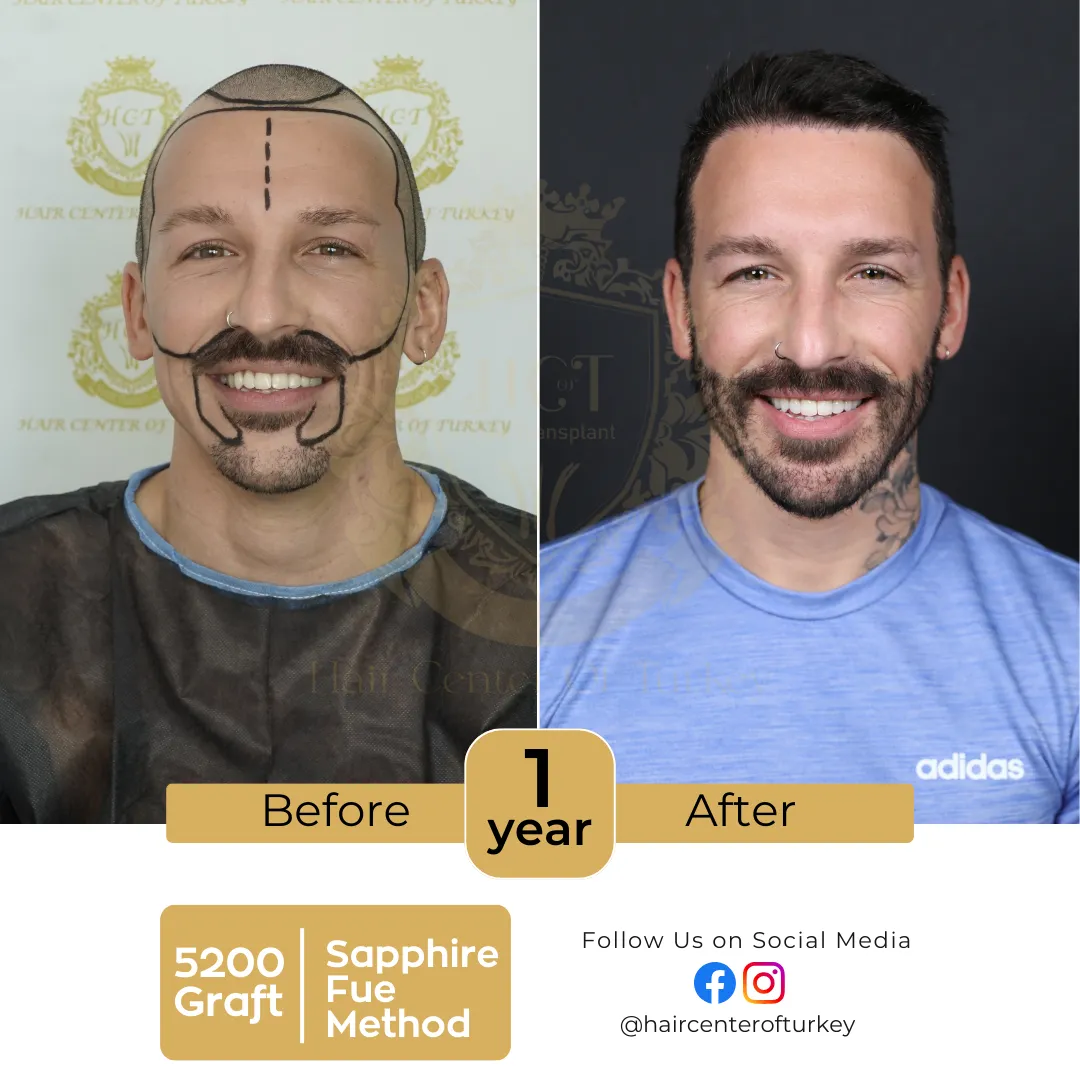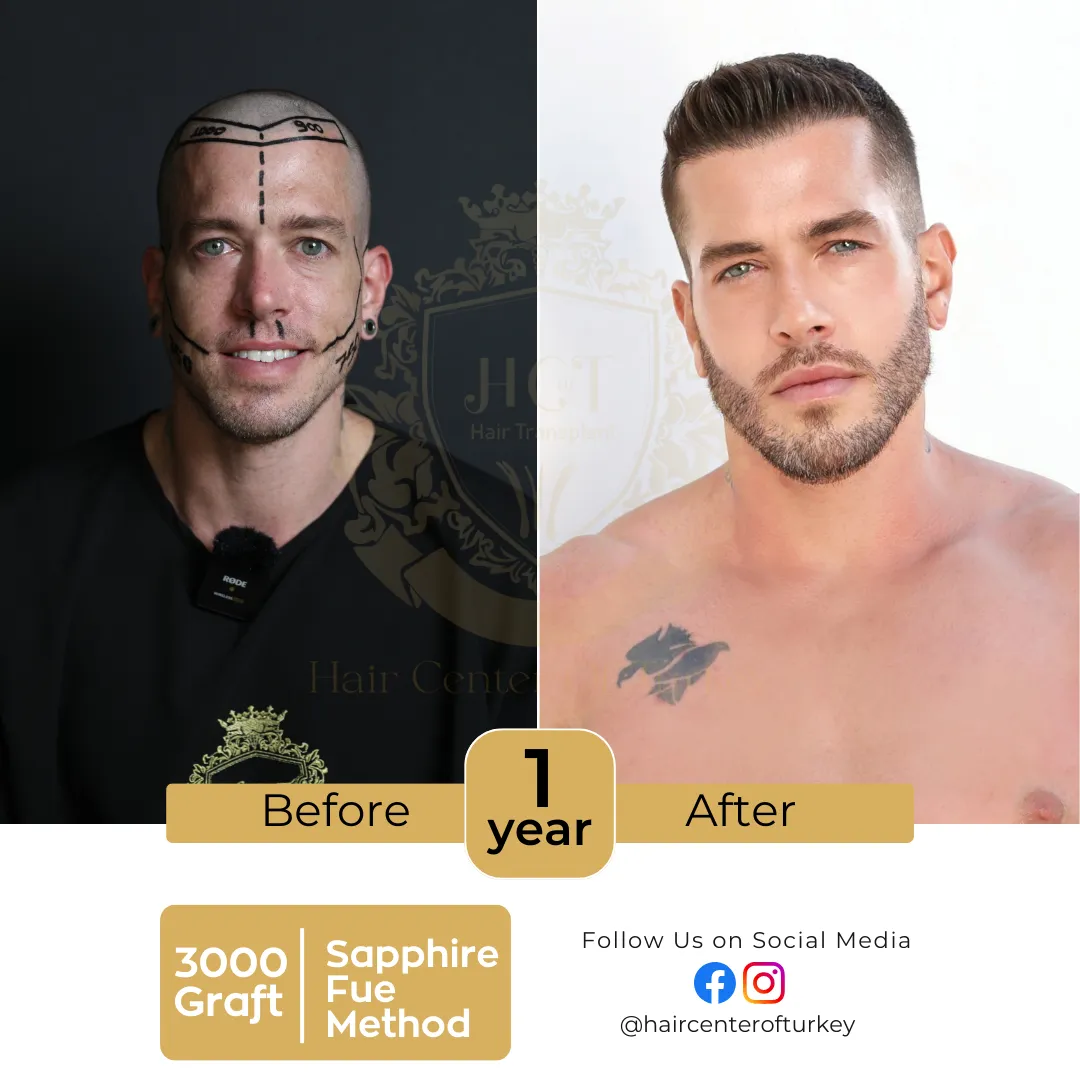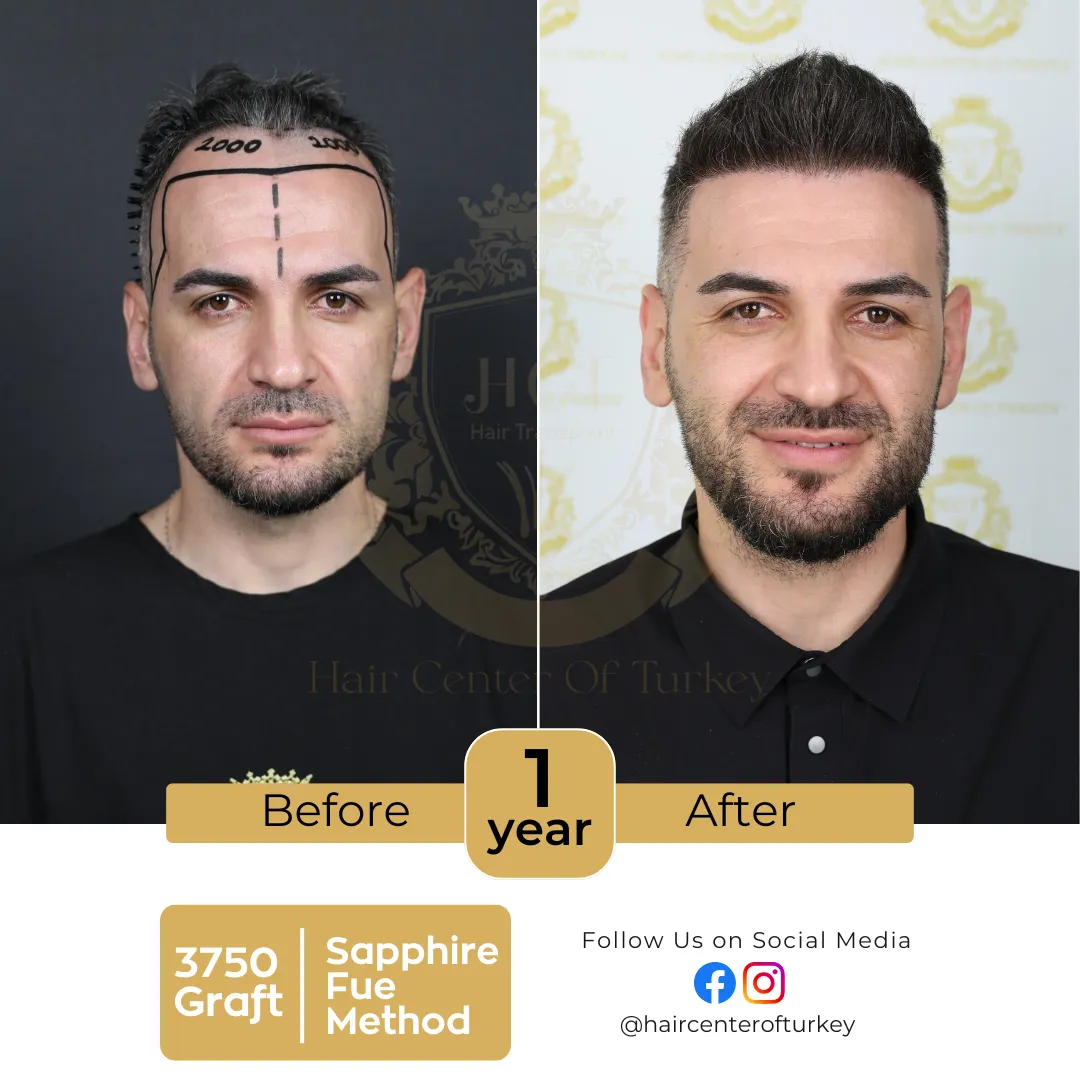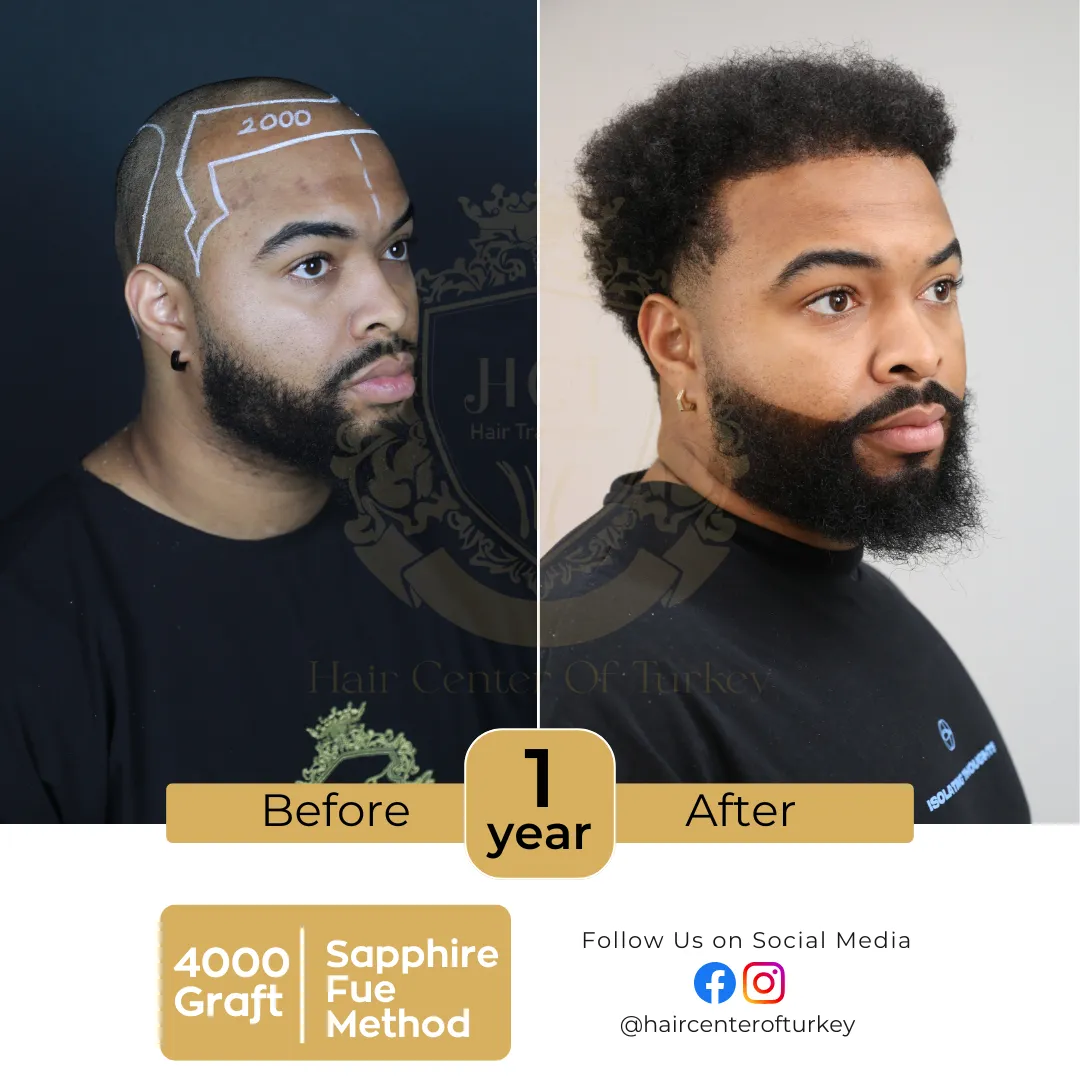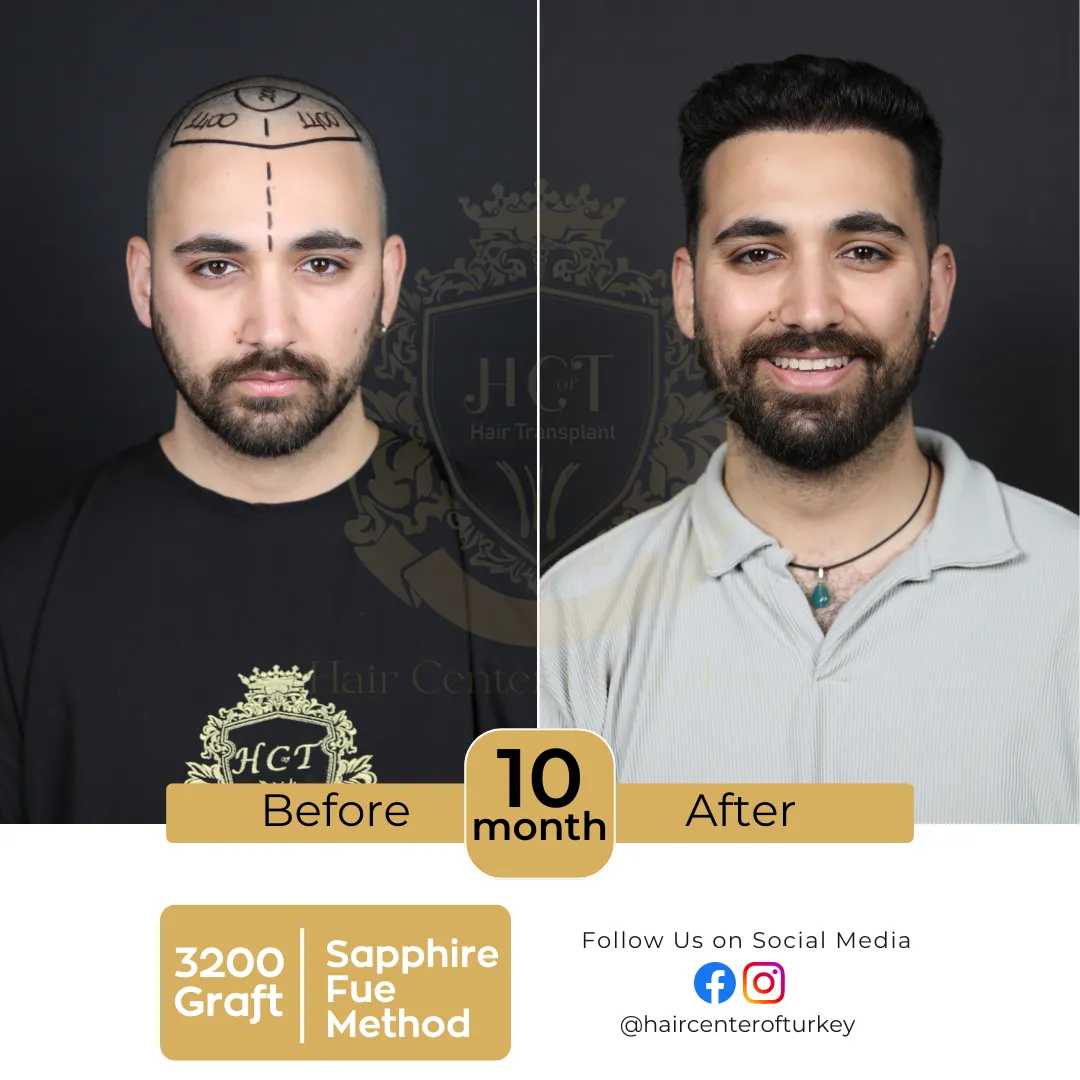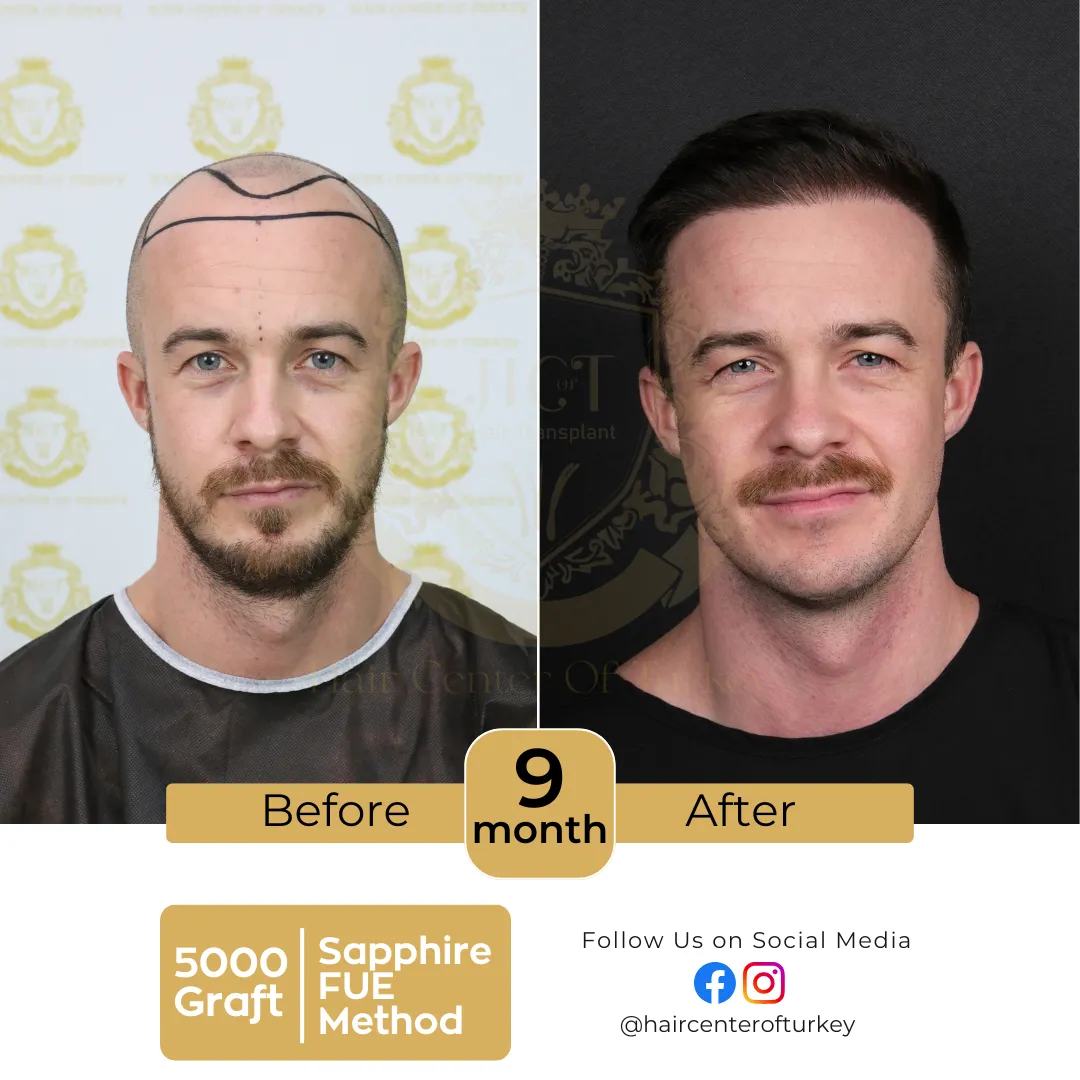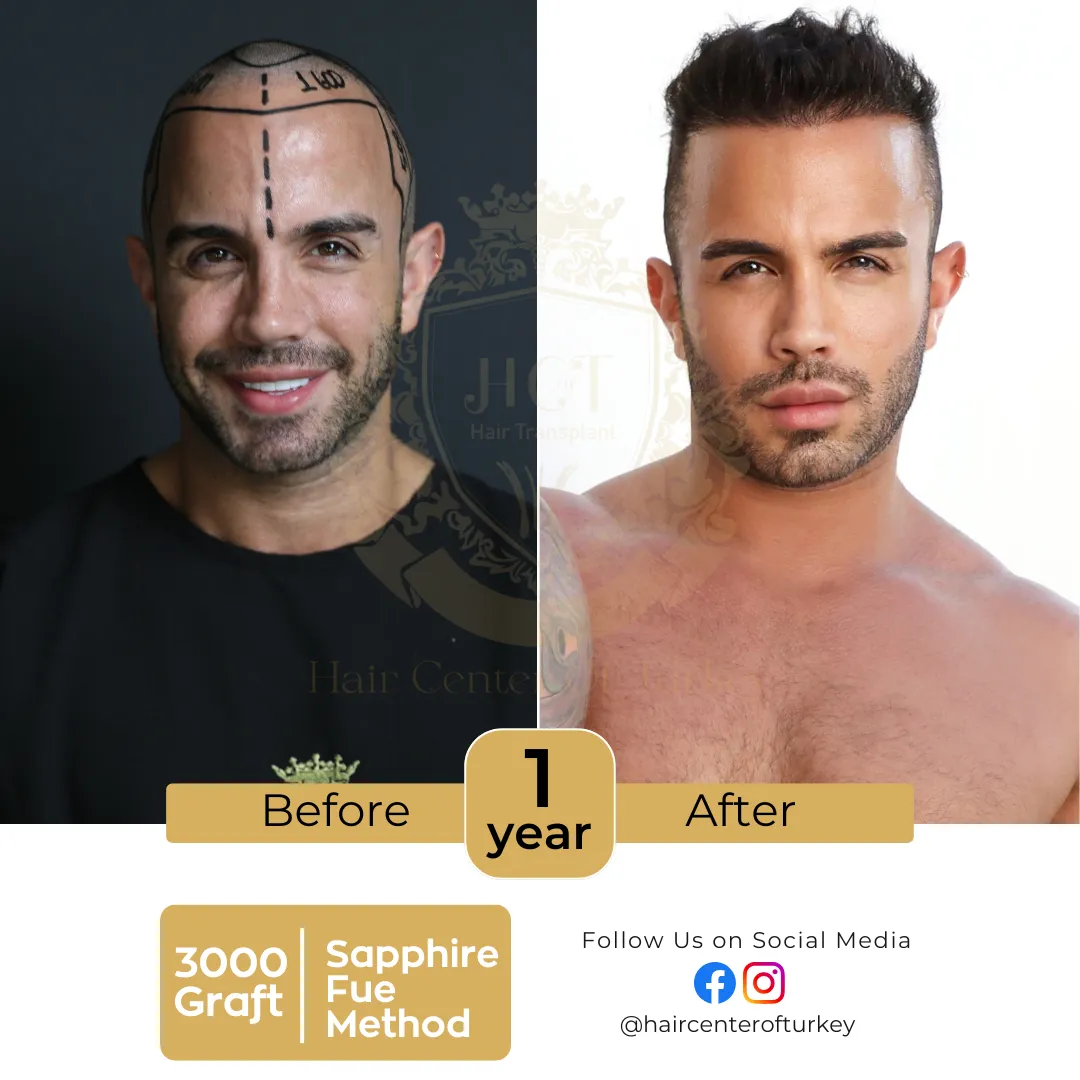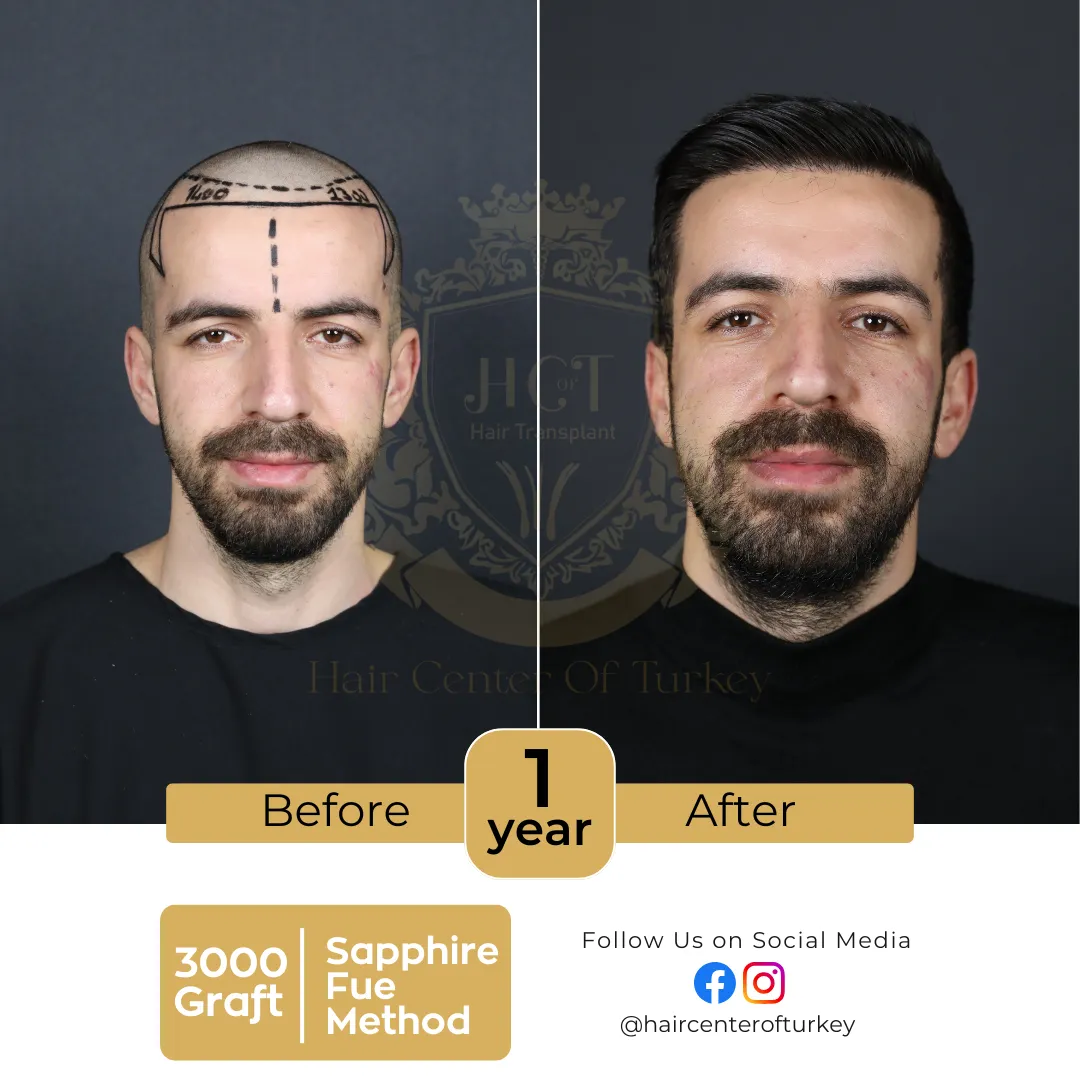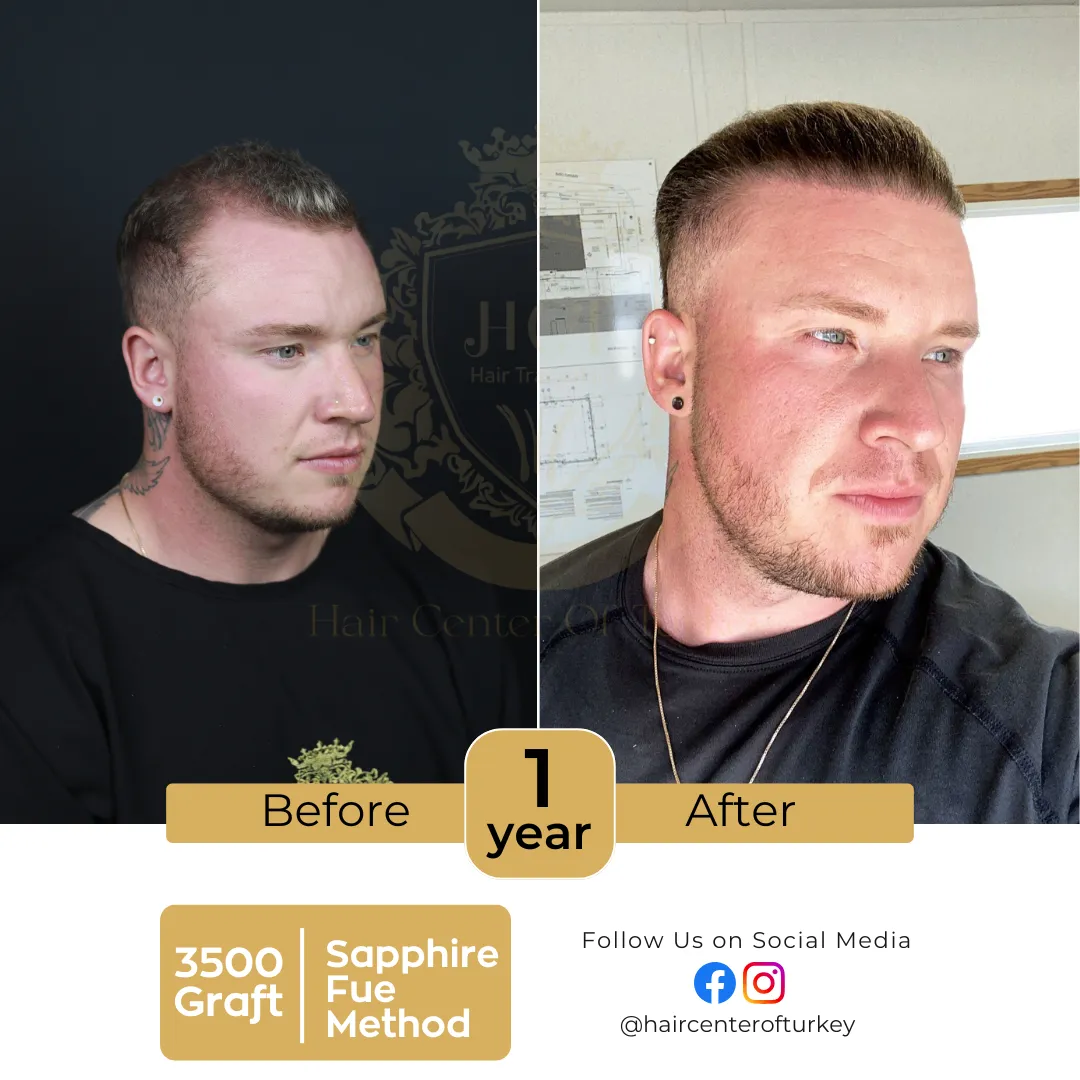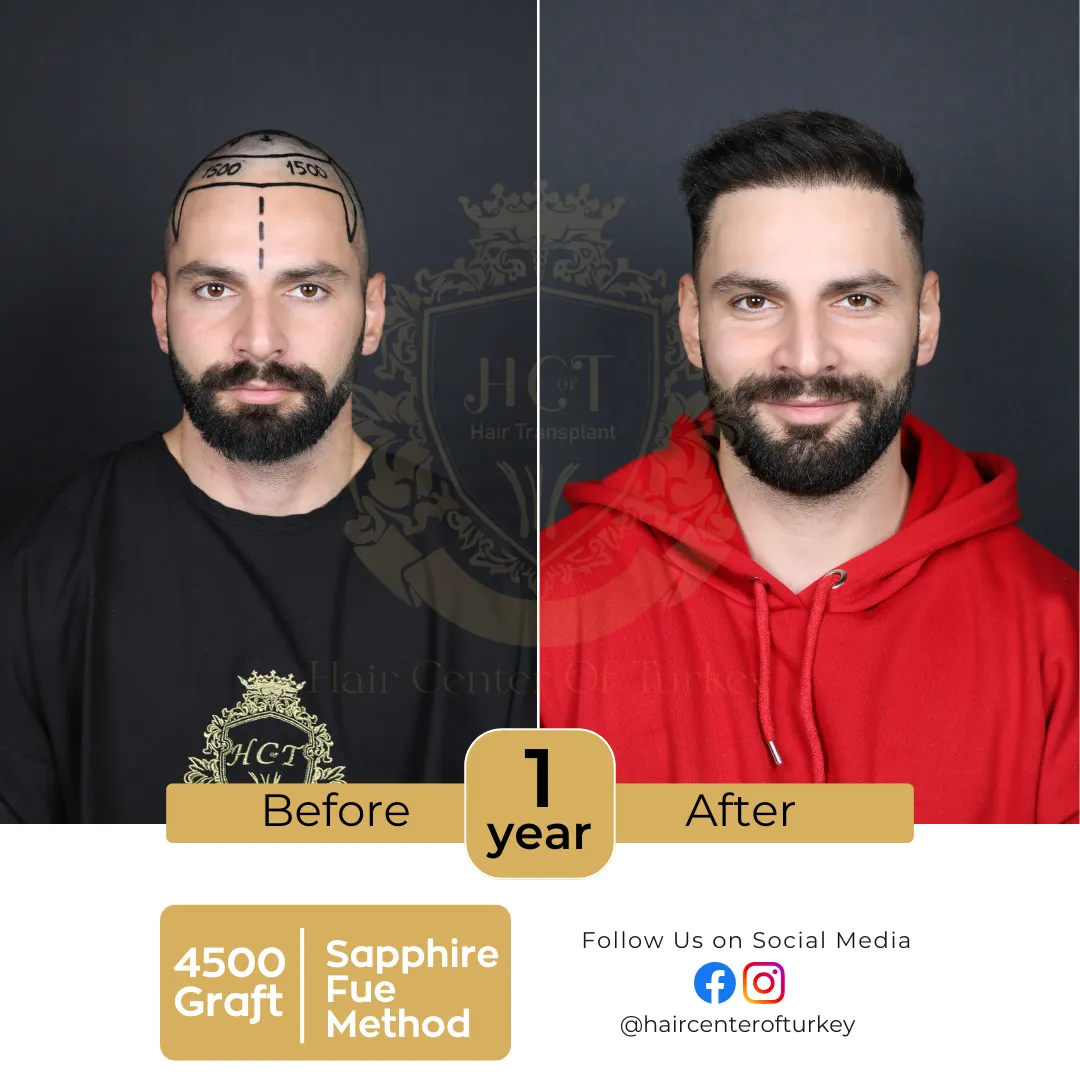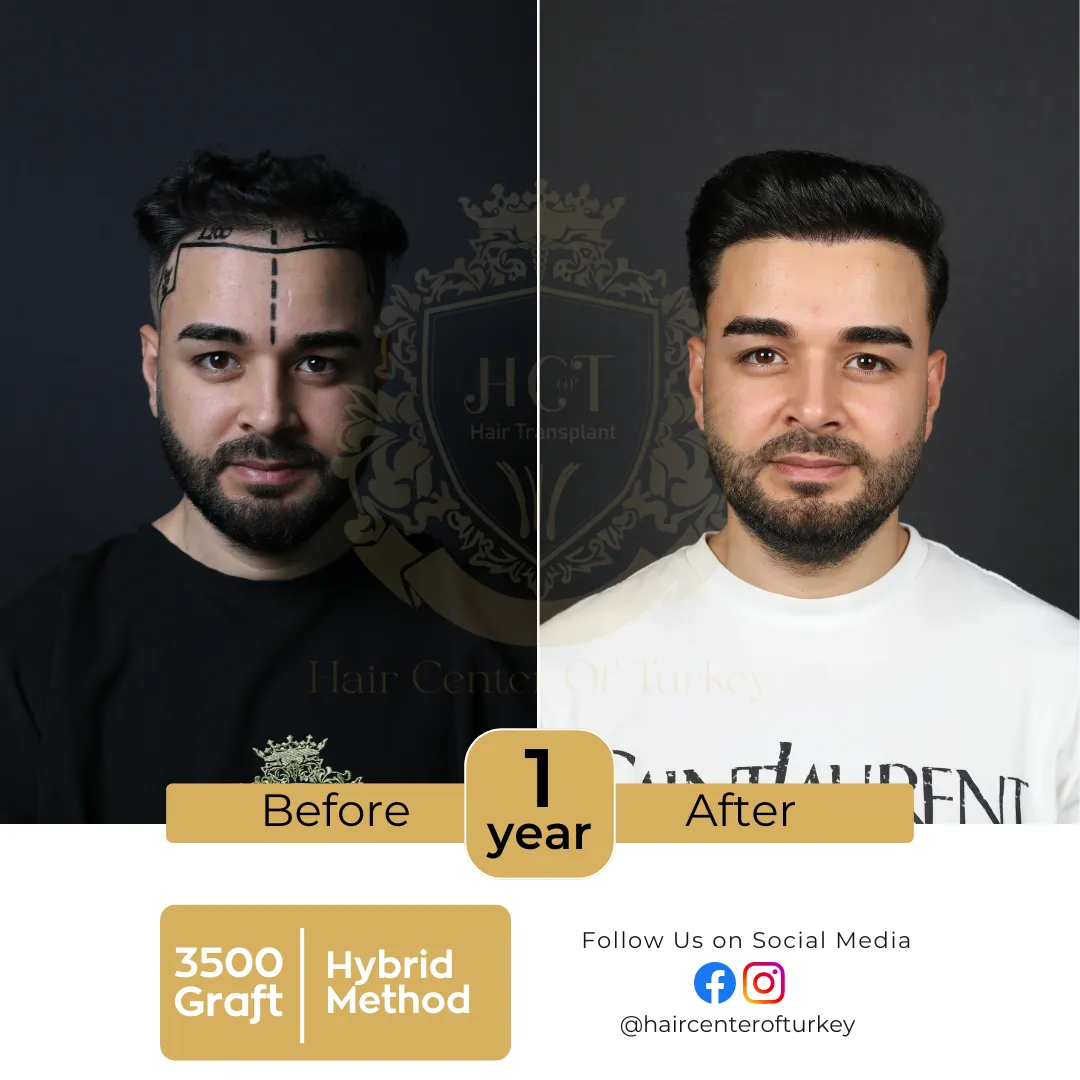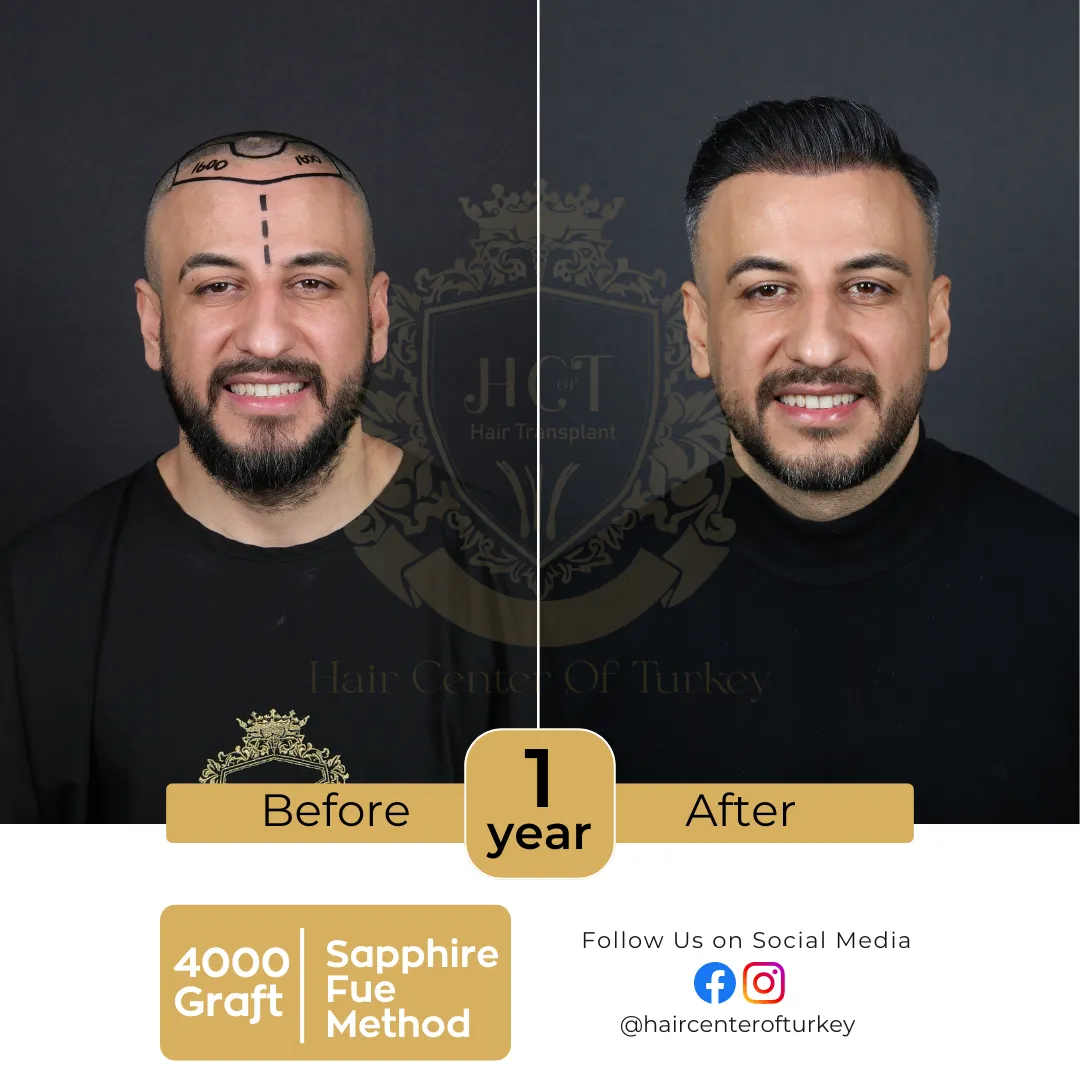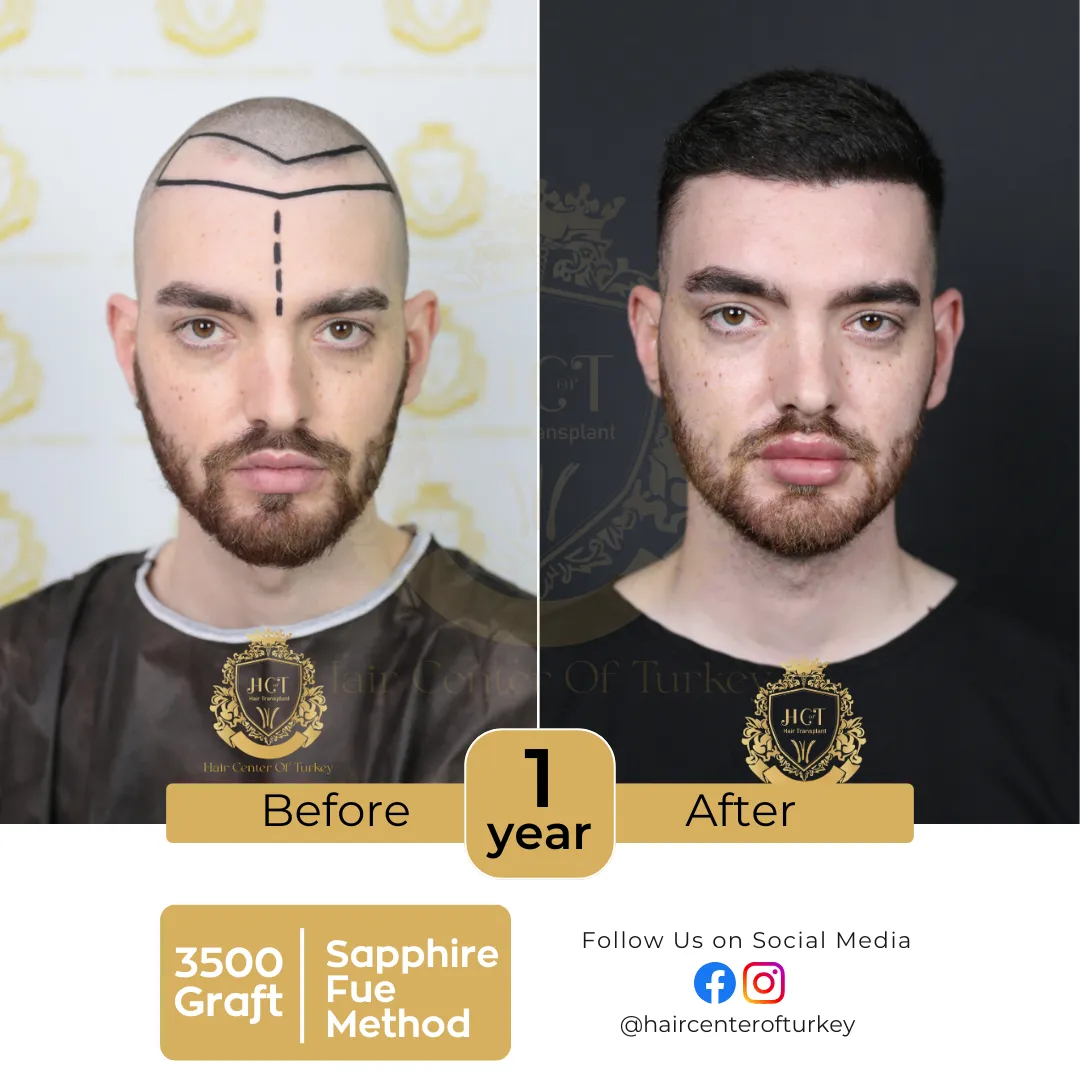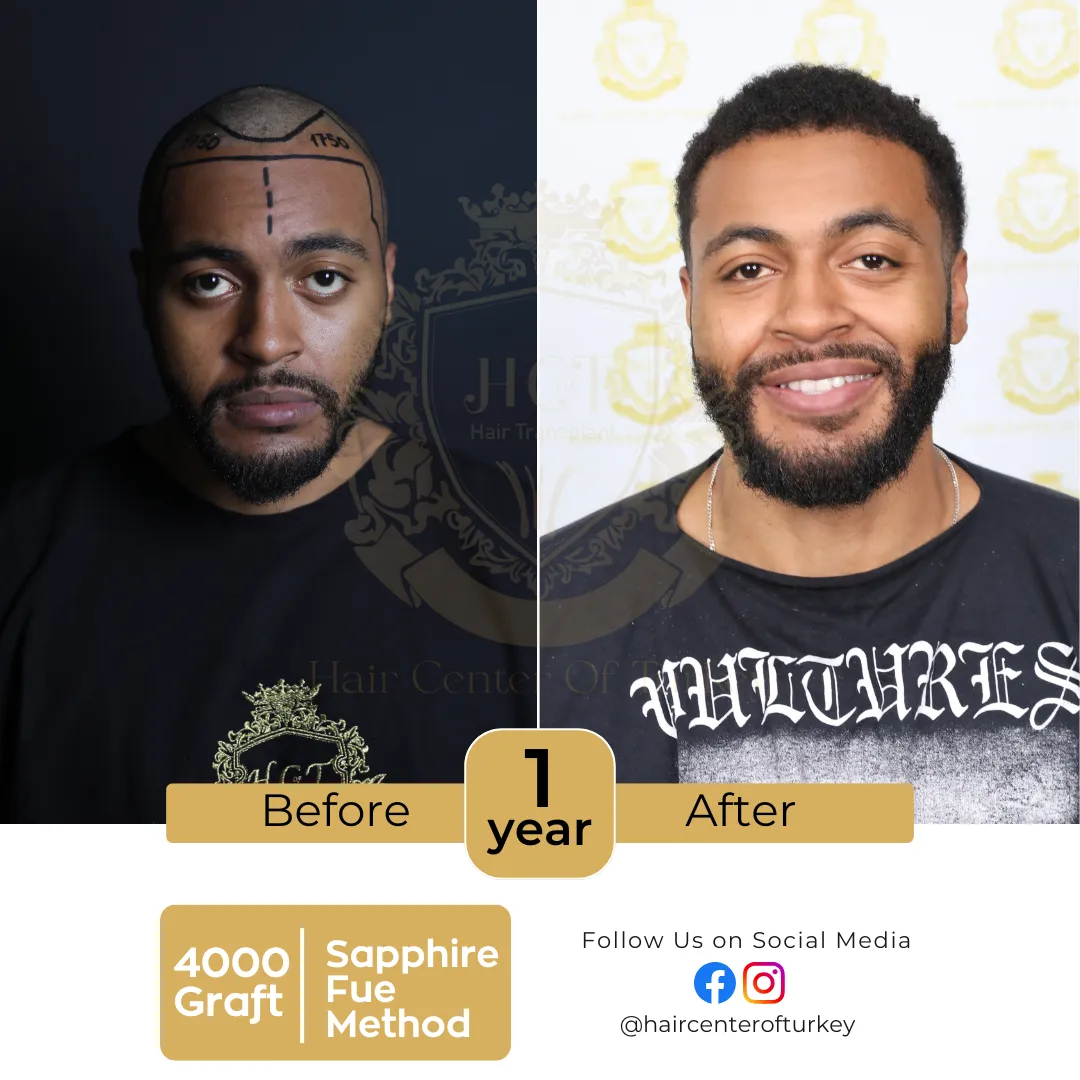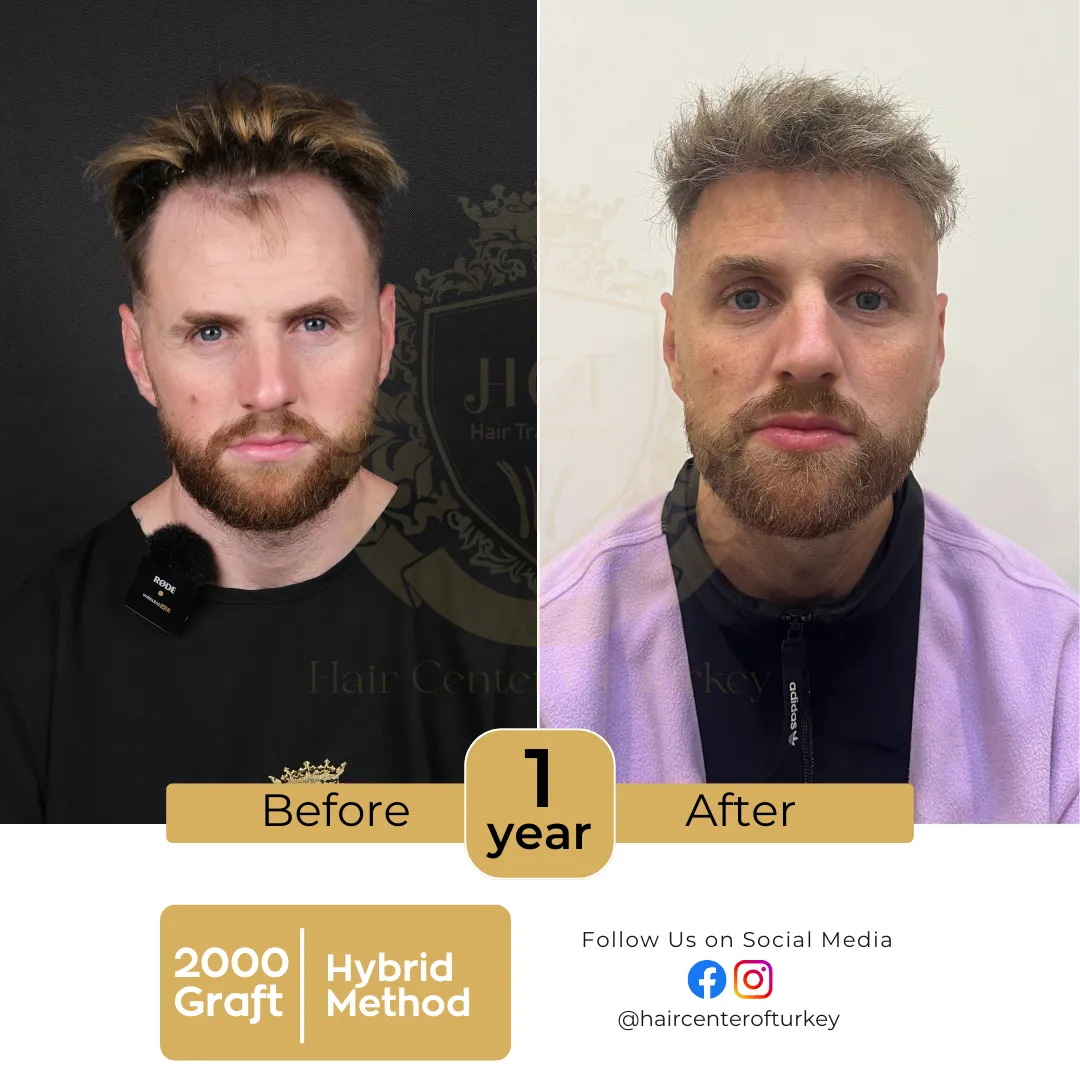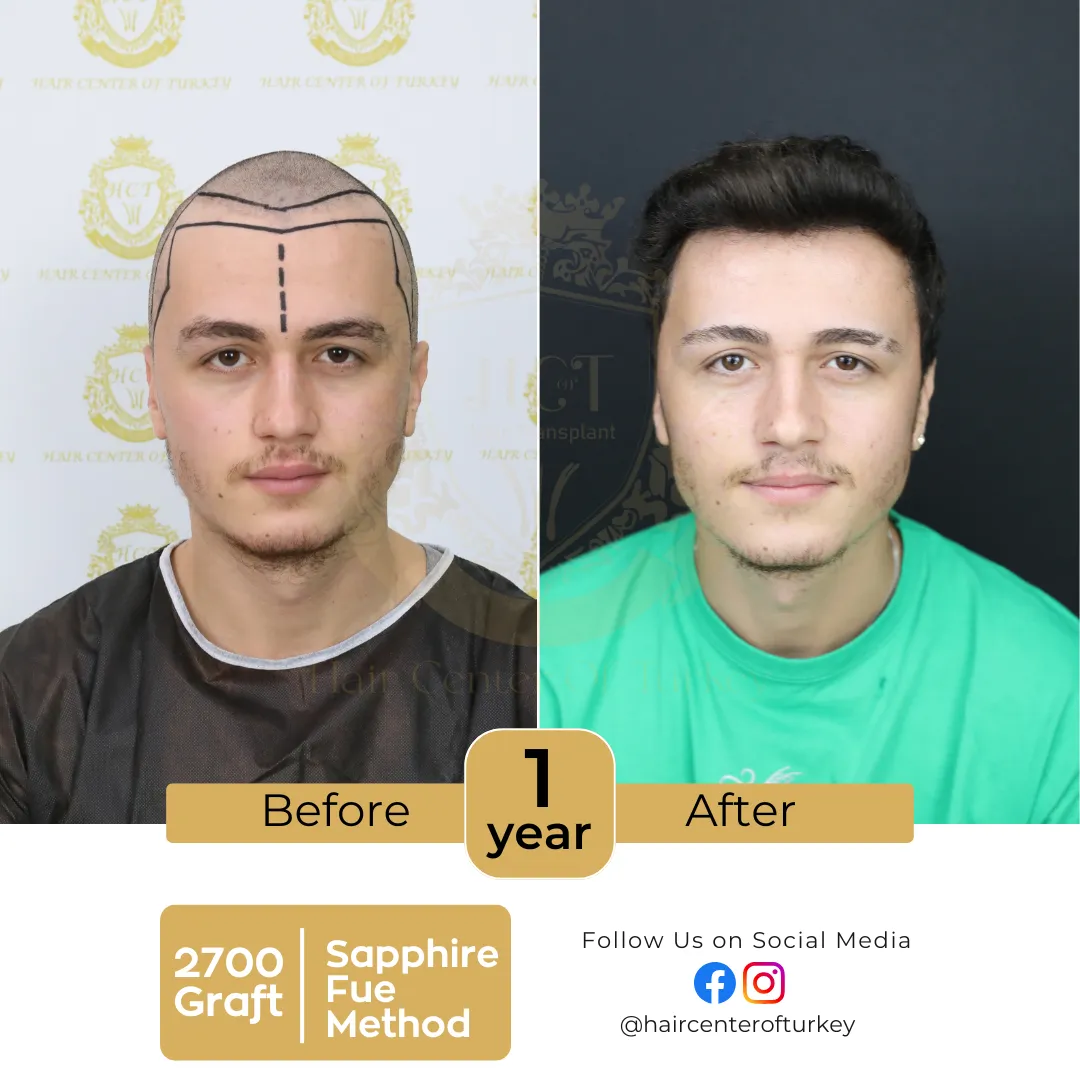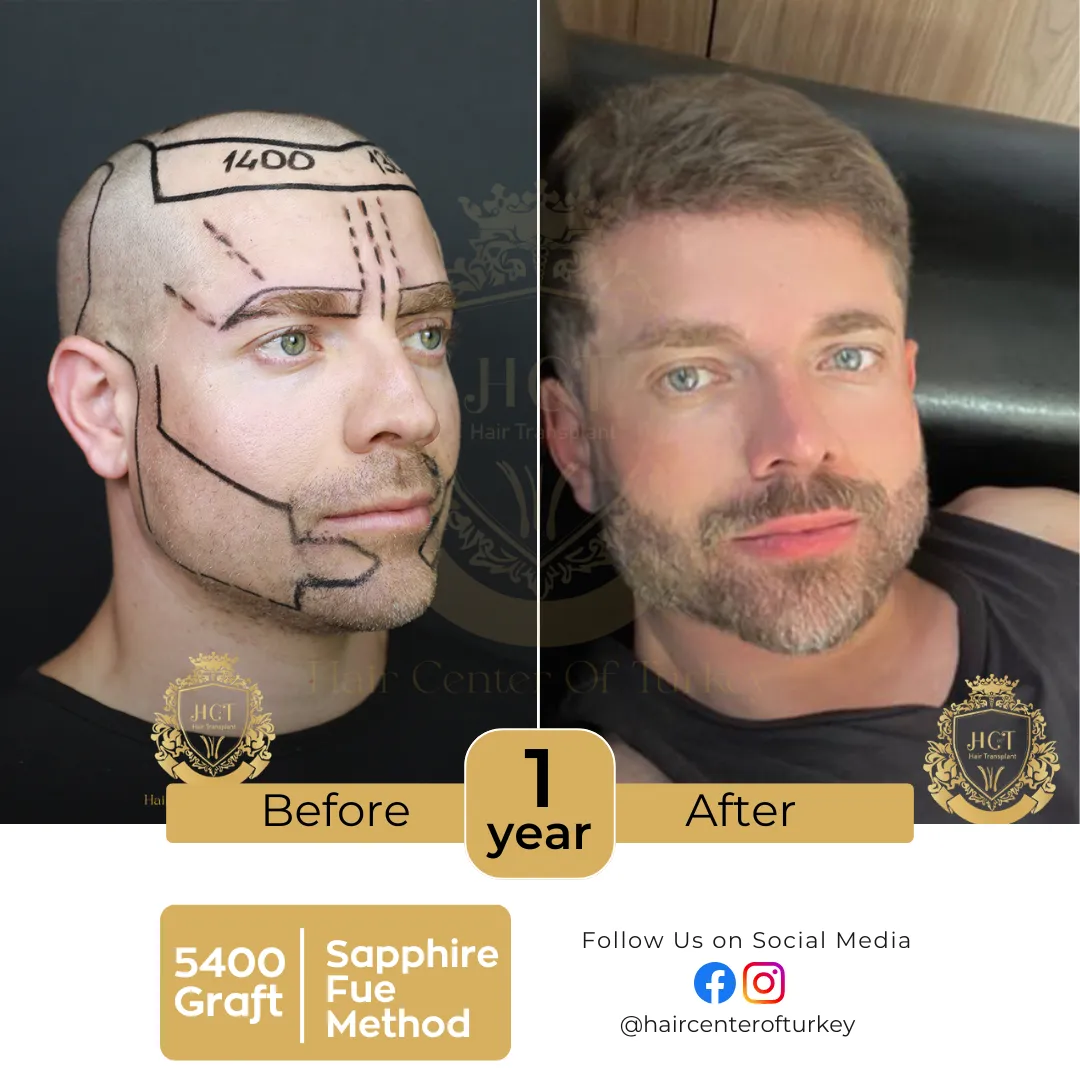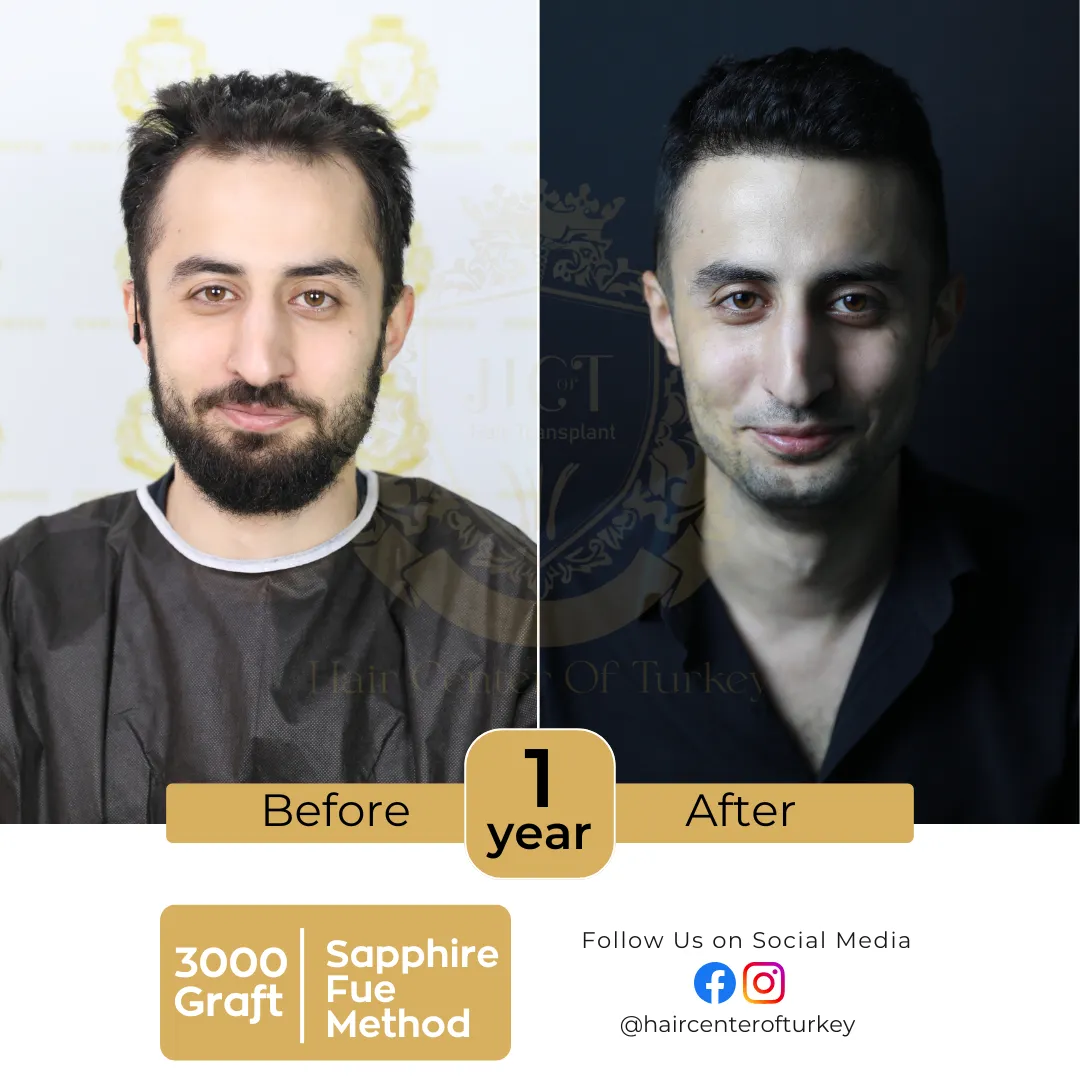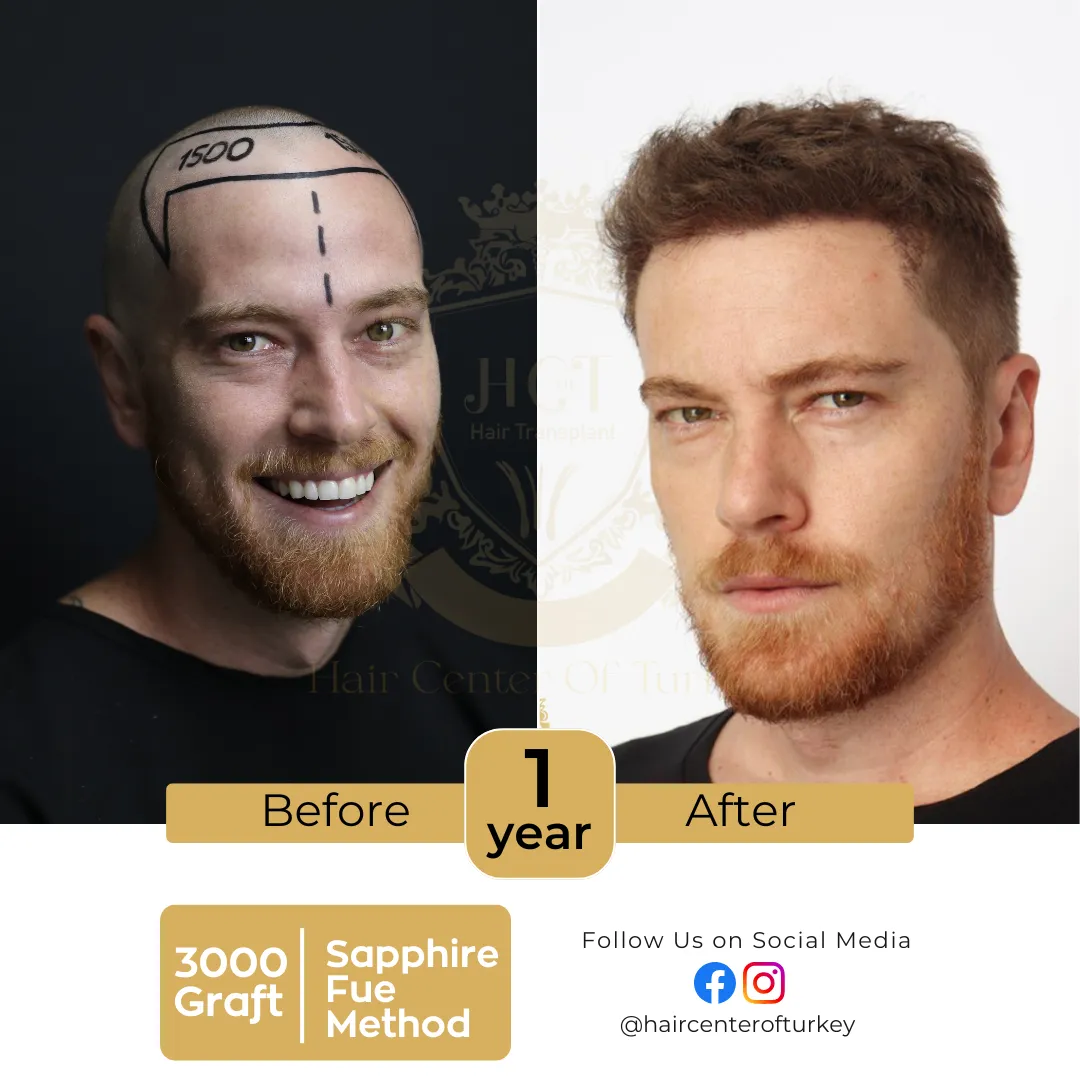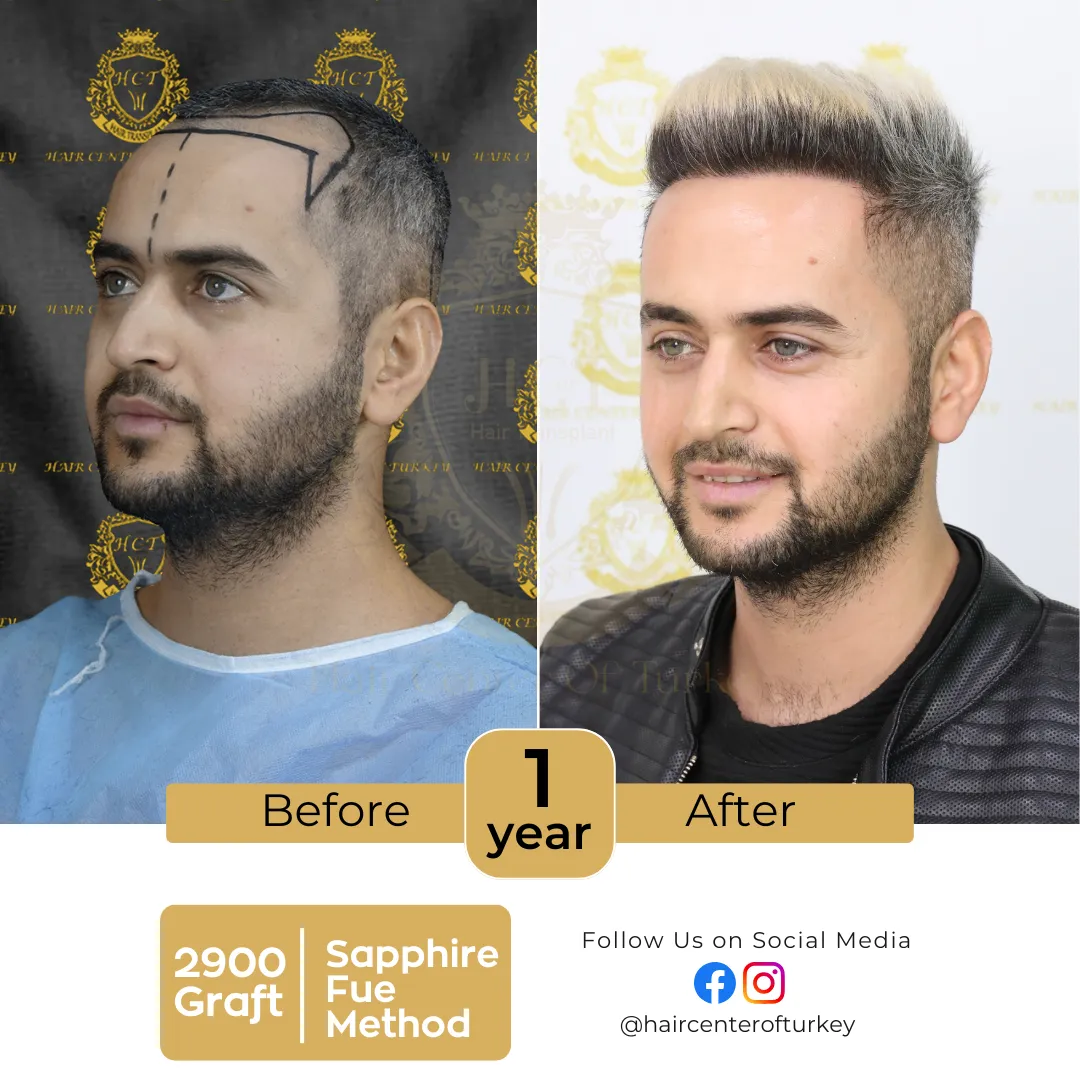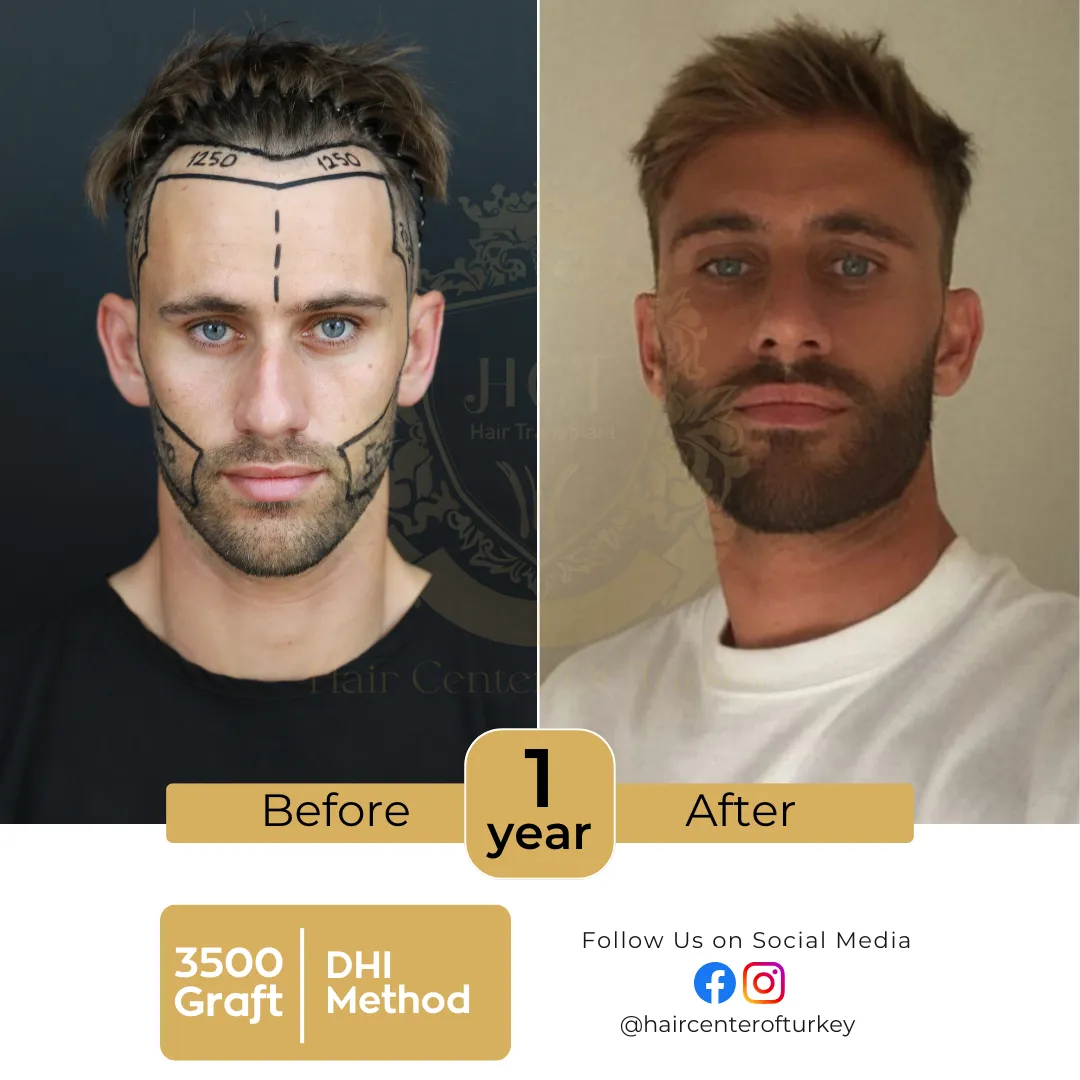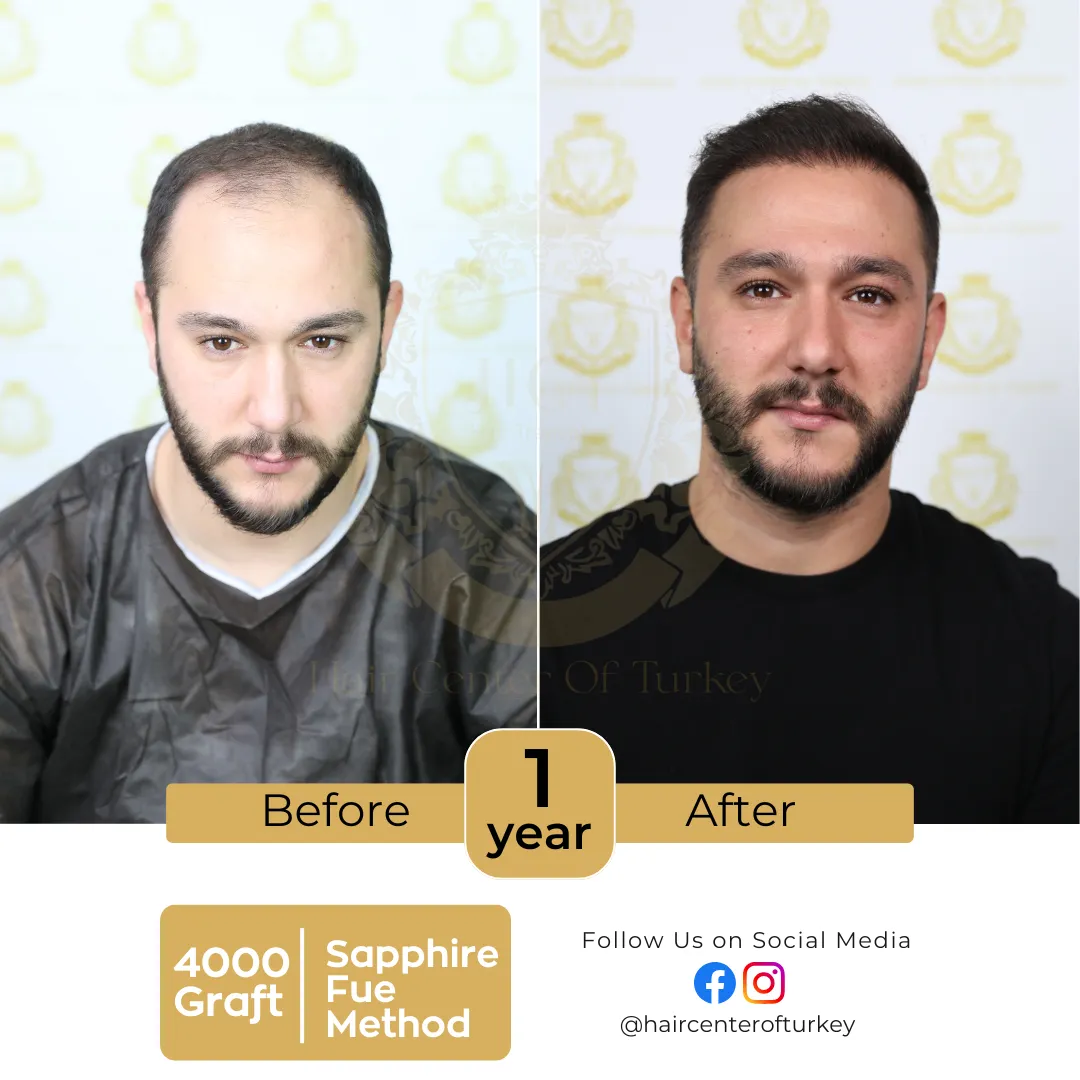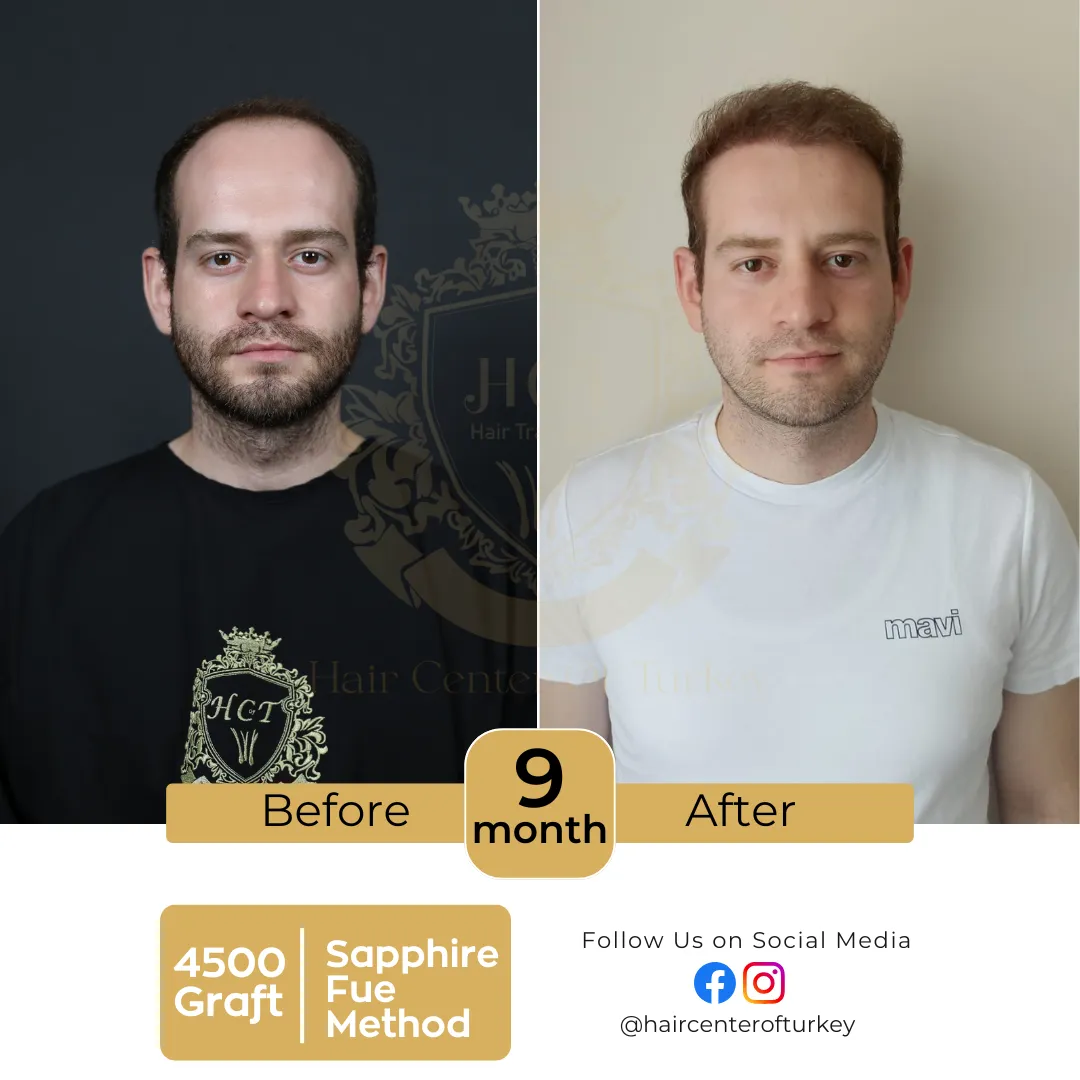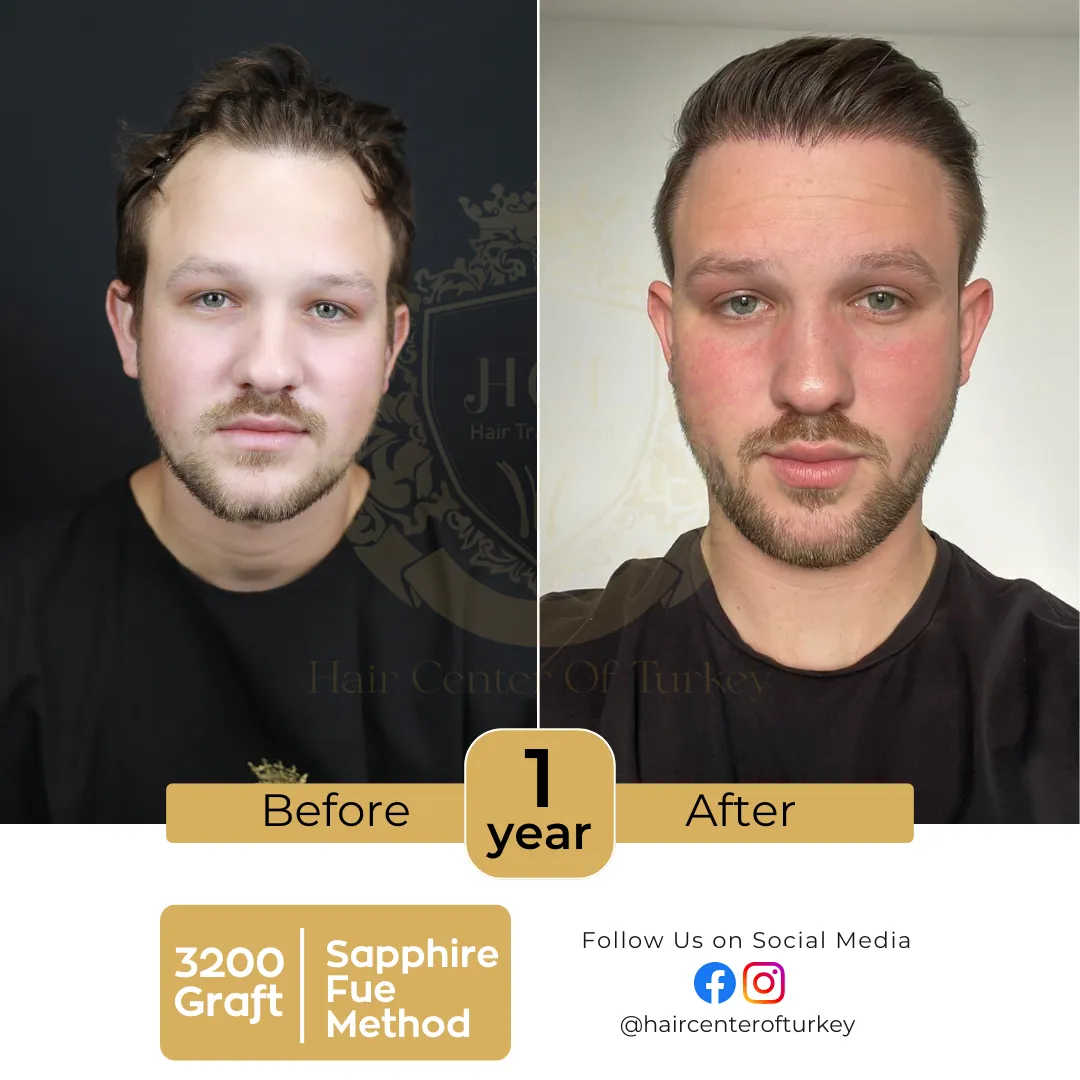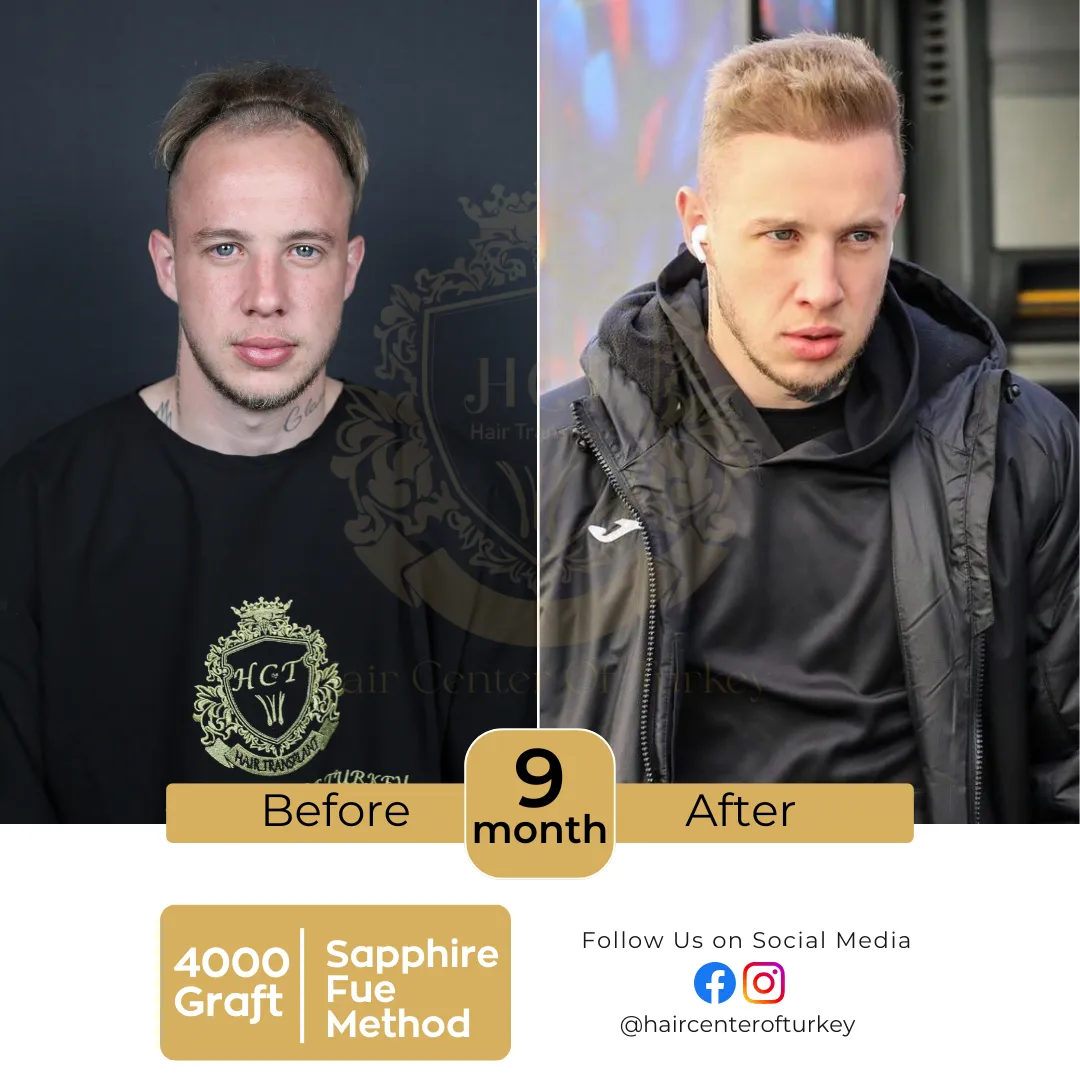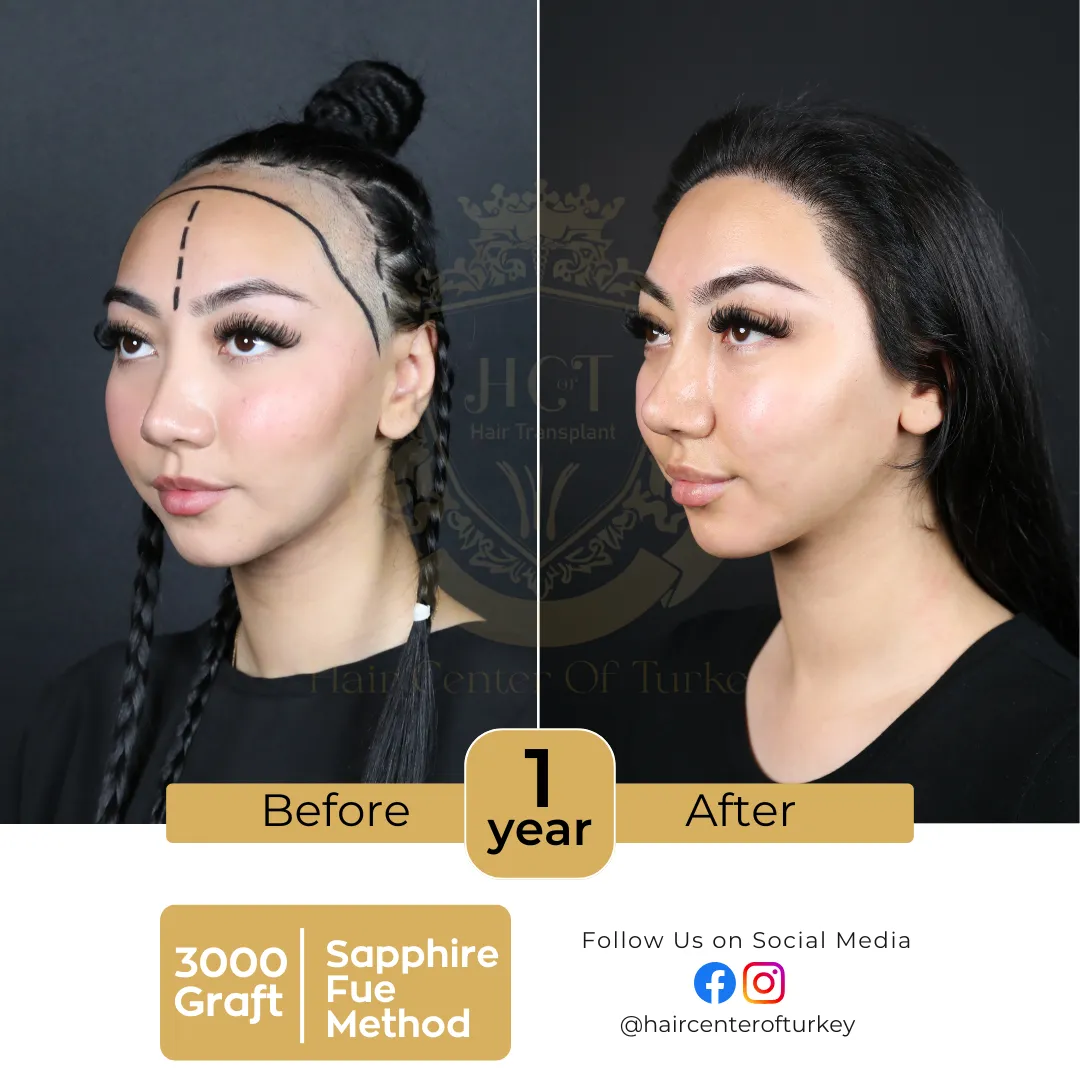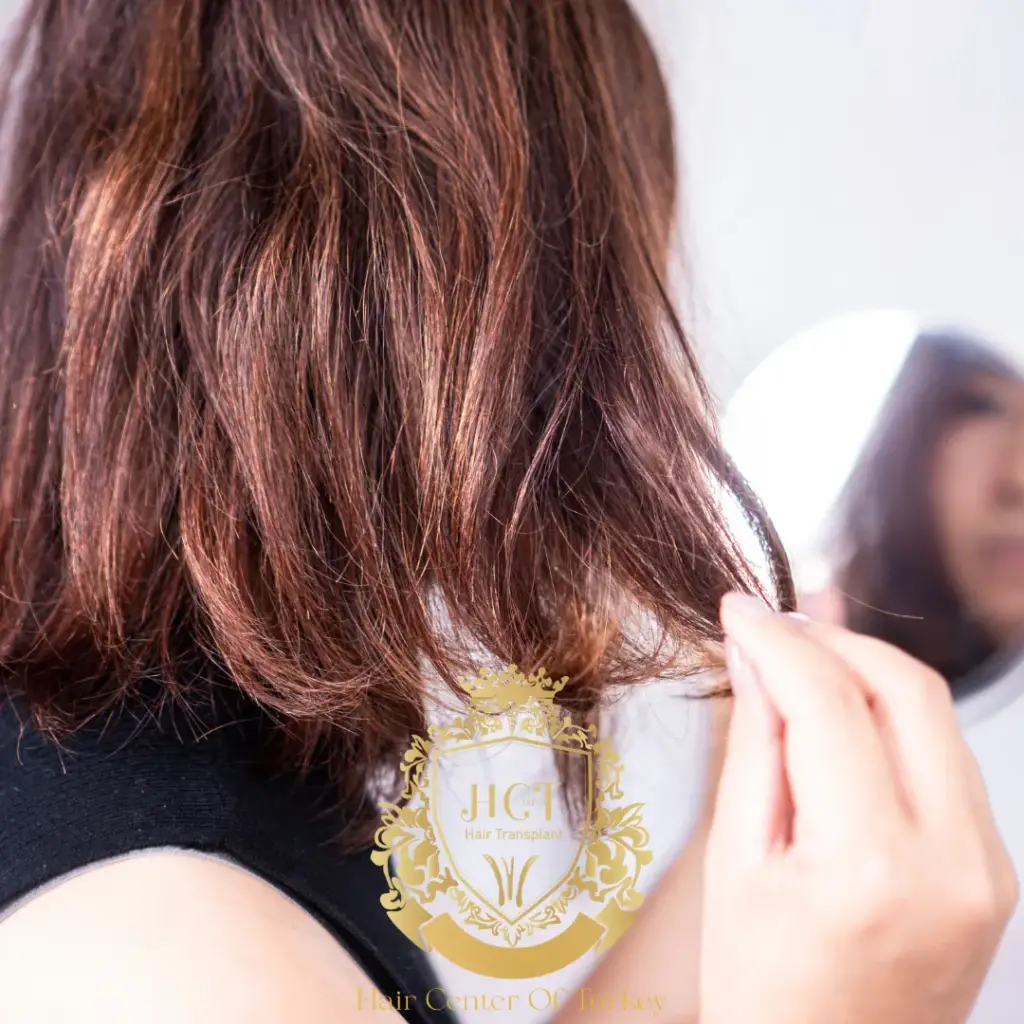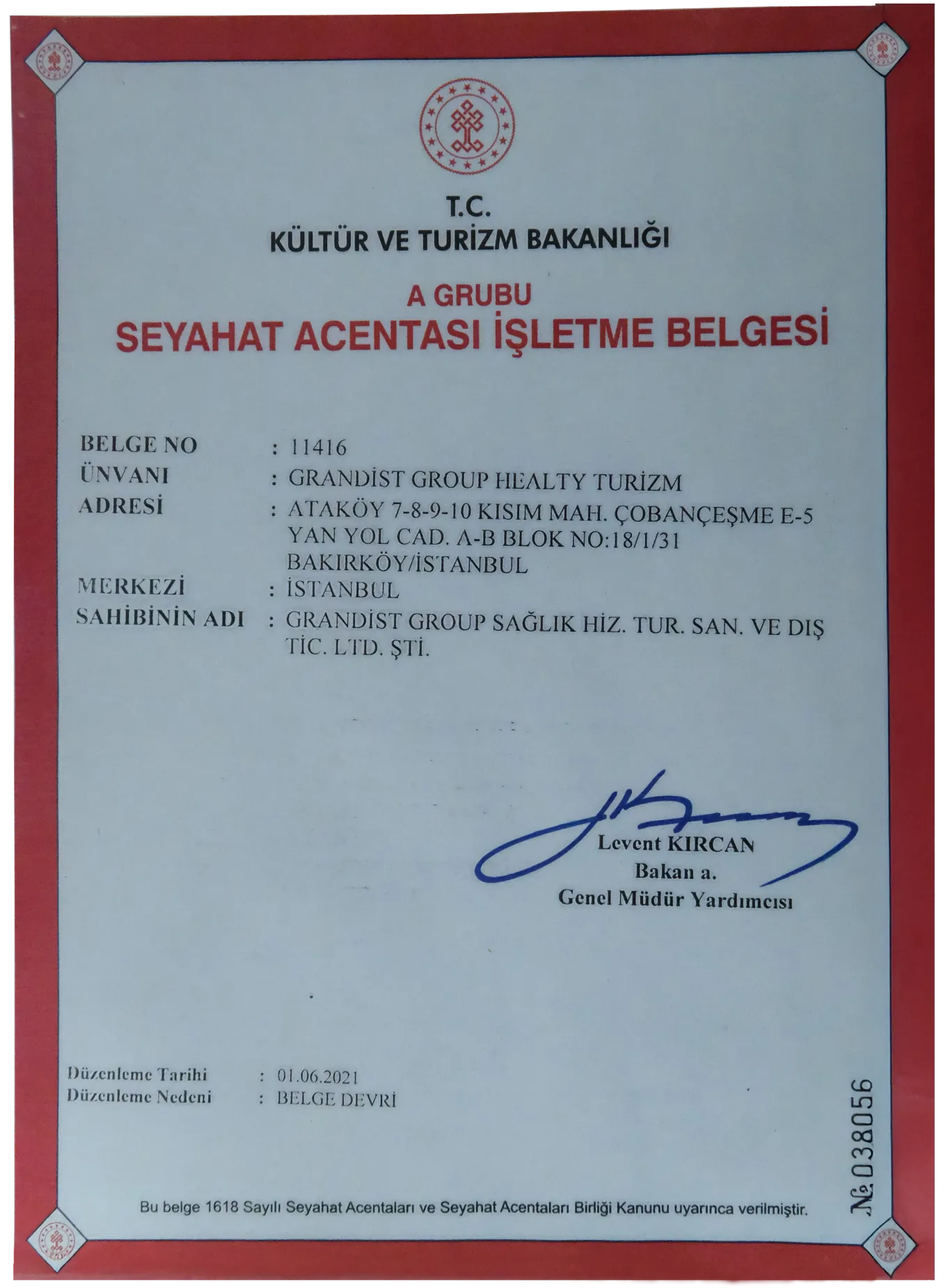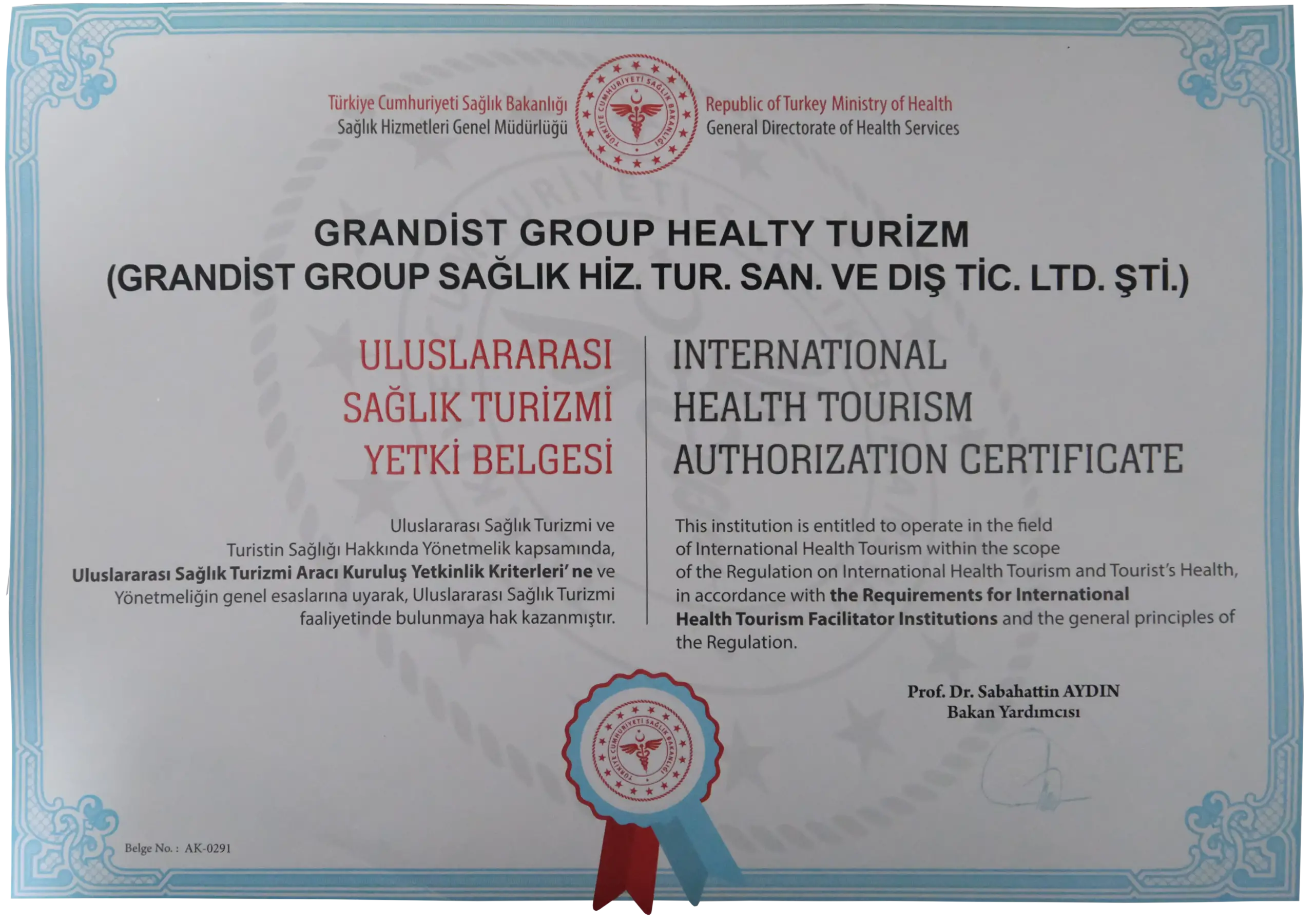What Is a Mustache Transplant and What Should You Expect from the Procedure
A mustache has long been associated with masculinity, personal style, and cultural identity. For some men, growing a thick, evenly shaped mustache comes naturally. For others, patchy growth, genetic factors, or previous scarring may prevent the desired look. That’s where a mustache transplant becomes an effective solution. This cosmetic procedure is designed to enhance or restore facial hair, especially around the upper lip area. In this article, we’ll break down what a mustache transplant is, how it’s performed, what recovery is like, and who makes an ideal candidate.
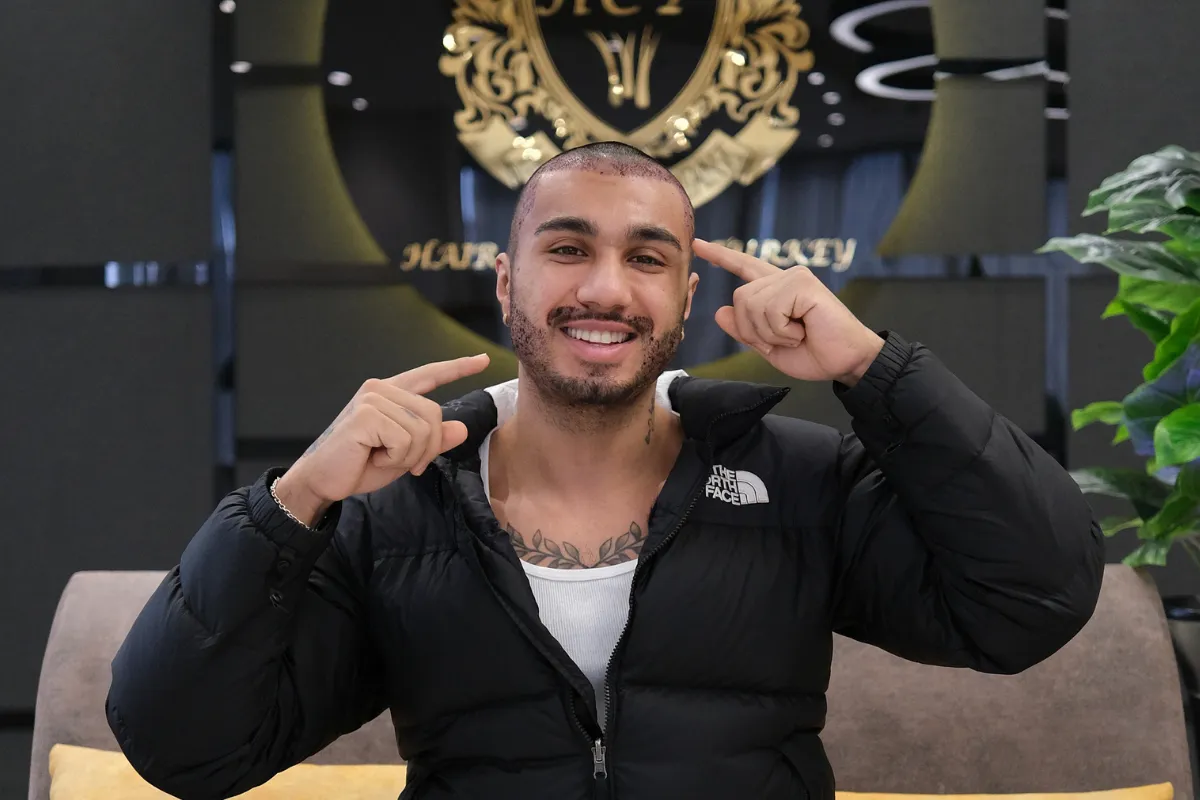
What Exactly Is a Mustache Transplant?
A mustache transplant is a specialized facial hair restoration procedure in which healthy hair follicles are harvested from a donor area—typically the back or sides of the scalp—and implanted into the mustache region. This allows men with thin or uneven mustache growth to achieve fuller, more defined facial hair. The procedure is permanent, and once the hair starts to grow, it behaves just like natural mustache hair.
The technique used is similar to other hair transplant methods such as FUE (Follicular Unit Extraction) or DHI (Direct Hair Implantation), both of which are minimally invasive and offer natural-looking results.
How Is the Procedure Performed?
Mustache transplants are typically performed using the FUE technique, where individual hair follicles are extracted one by one from the donor area. These grafts are then carefully implanted into the upper lip area, following the natural direction, angle, and density of existing facial hair.
The procedure usually takes 2 to 4 hours, depending on the number of grafts needed. Local anesthesia is applied, meaning the patient remains awake but feels no pain during the process. Surgeons take special care to ensure the placement of each graft creates a natural mustache pattern that complements the individual’s face.
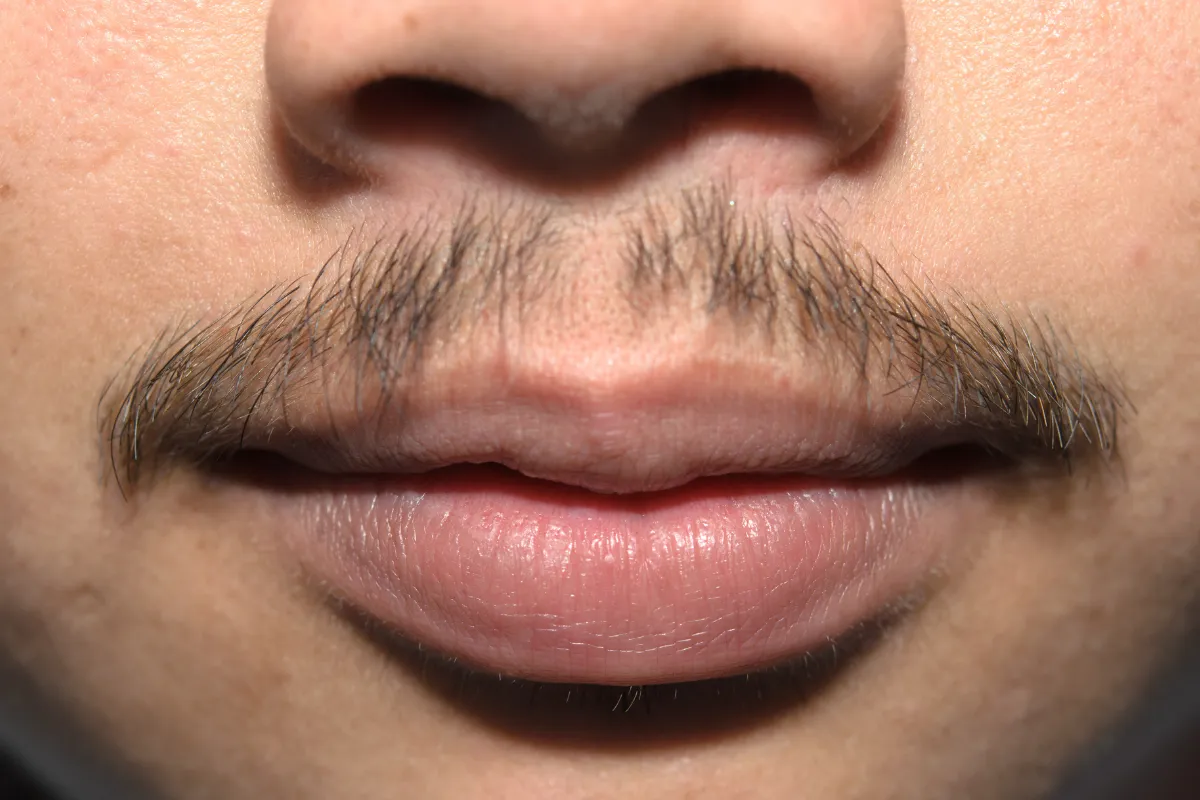
What to Expect During Recovery
After the procedure, mild swelling and redness around the mustache area are common and typically subside within a few days. Tiny crusts will form where the follicles were implanted, and these will naturally fall off within a week to ten days. It’s important not to scratch or shave the area during this time.
Patients can usually return to work within a day or two, depending on their comfort level. Transplanted hairs may fall out within the first 2–3 weeks—this is a normal part of the process known as “shock loss.” Permanent growth typically begins around the third or fourth month, with full results visible within 9 to 12 months.
Who Is a Good Candidate for a Mustache Transplant?
Ideal candidates for mustache transplantation include men who:
- Have thin or patchy mustache hair due to genetics
- Have experienced facial trauma or scarring that prevents hair growth
- Want to improve symmetry or density in their mustache
- Are in good general health and have sufficient donor hair
It’s important for candidates to have realistic expectations. While the results can be dramatic, the goal is to enhance your natural look—not create something unnatural or exaggerated.
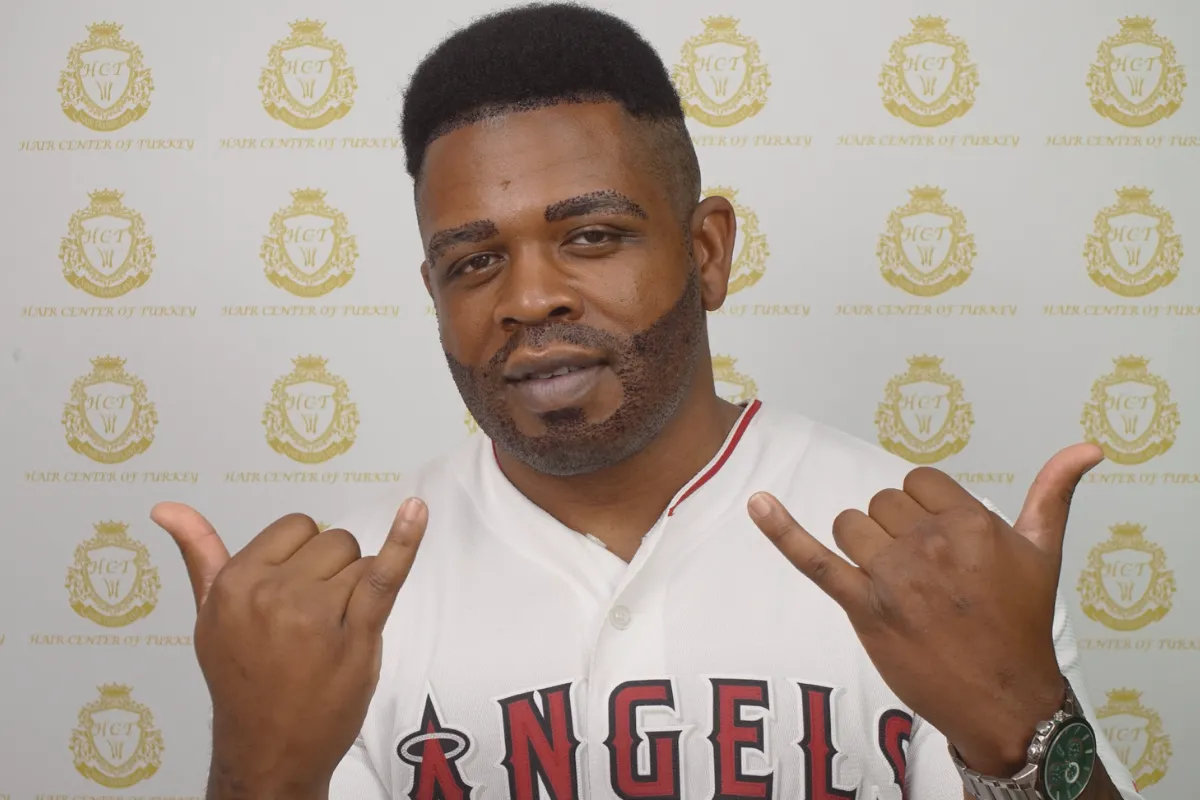
Benefits of Getting a Mustache Transplant
A mustache transplant can have a significant impact on both appearance and self-confidence. Benefits include:
- Permanent results using your own natural hair
- Ability to trim, shave, and style the mustache as desired
- Improved facial balance and symmetry
- Enhanced self-image and cultural or personal expression
Since the transplanted hair is resistant to the hormone DHT (which causes male pattern baldness), the results are typically long-lasting.
Maintenance and Styling After Your Transplant
Once your new mustache has grown in fully, you can treat it just like natural facial hair. This includes trimming, shaving, and using grooming products. You may need to experiment with styles to find the best look for your face shape, but the transplanted hair offers full styling flexibility.
Good hygiene, proper moisturization, and avoiding harsh chemicals will help maintain the health and appearance of your mustache.

